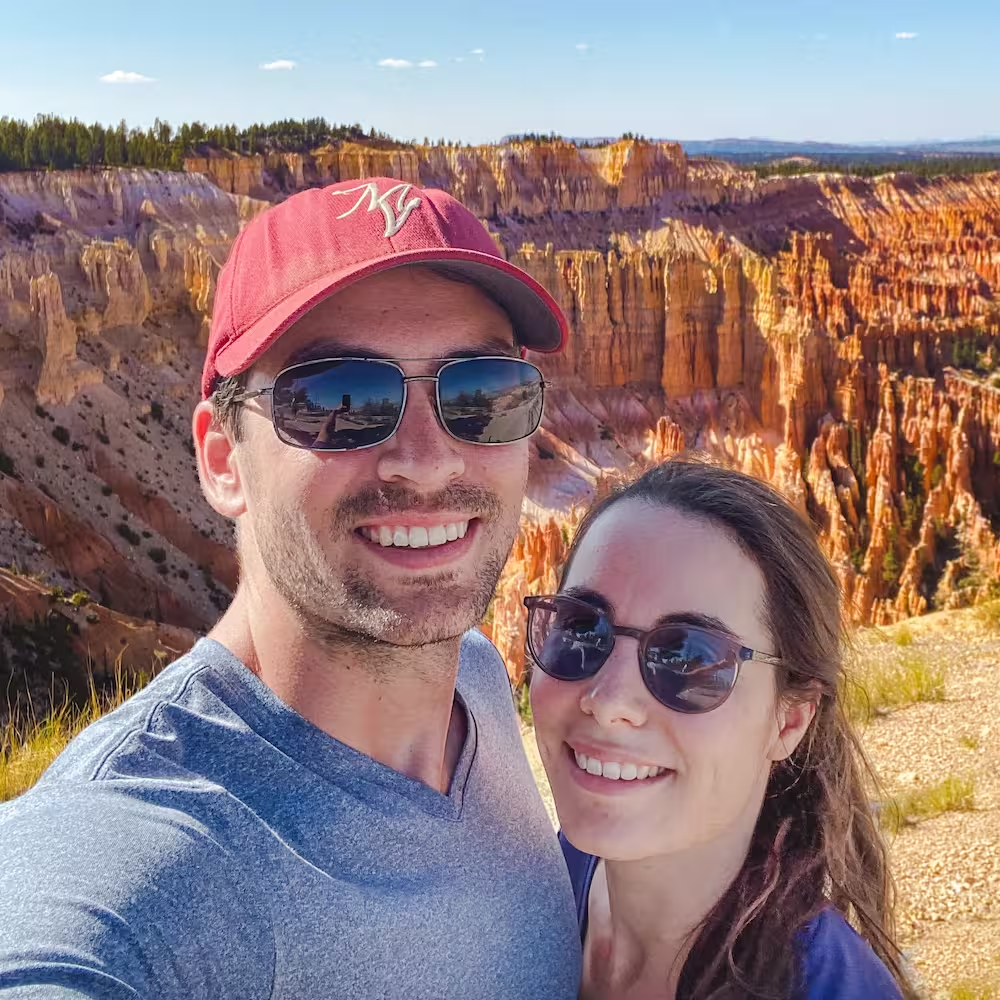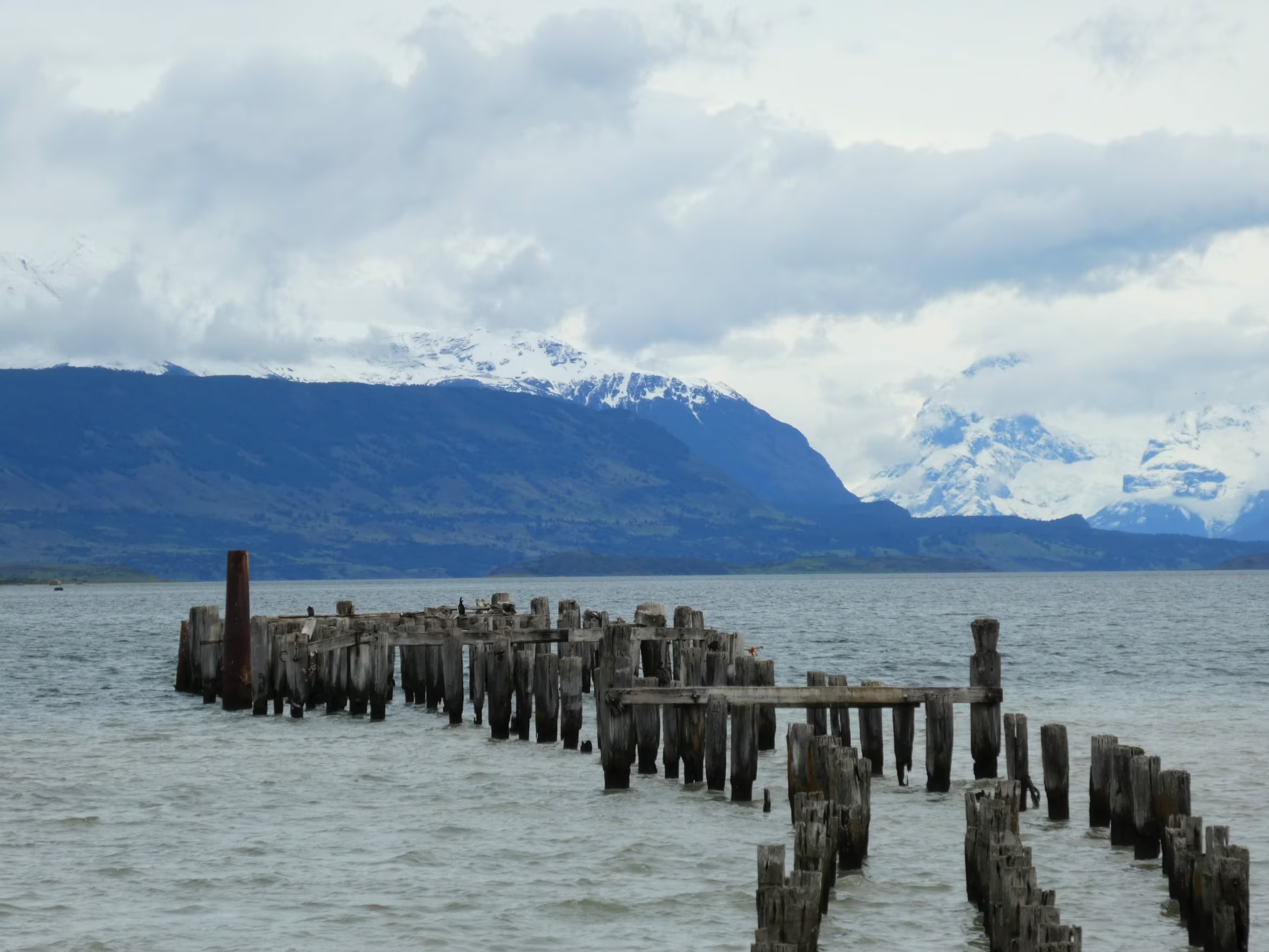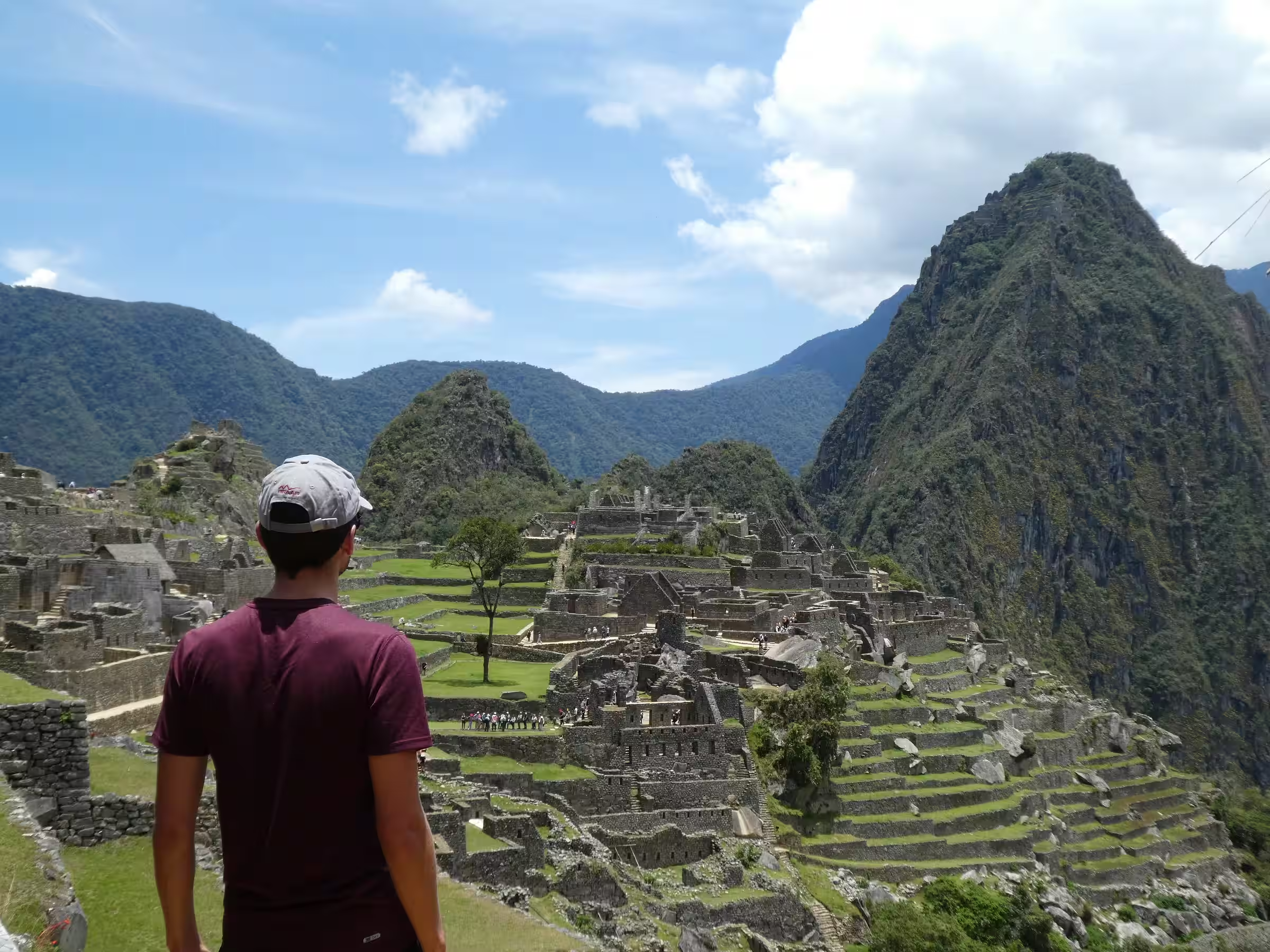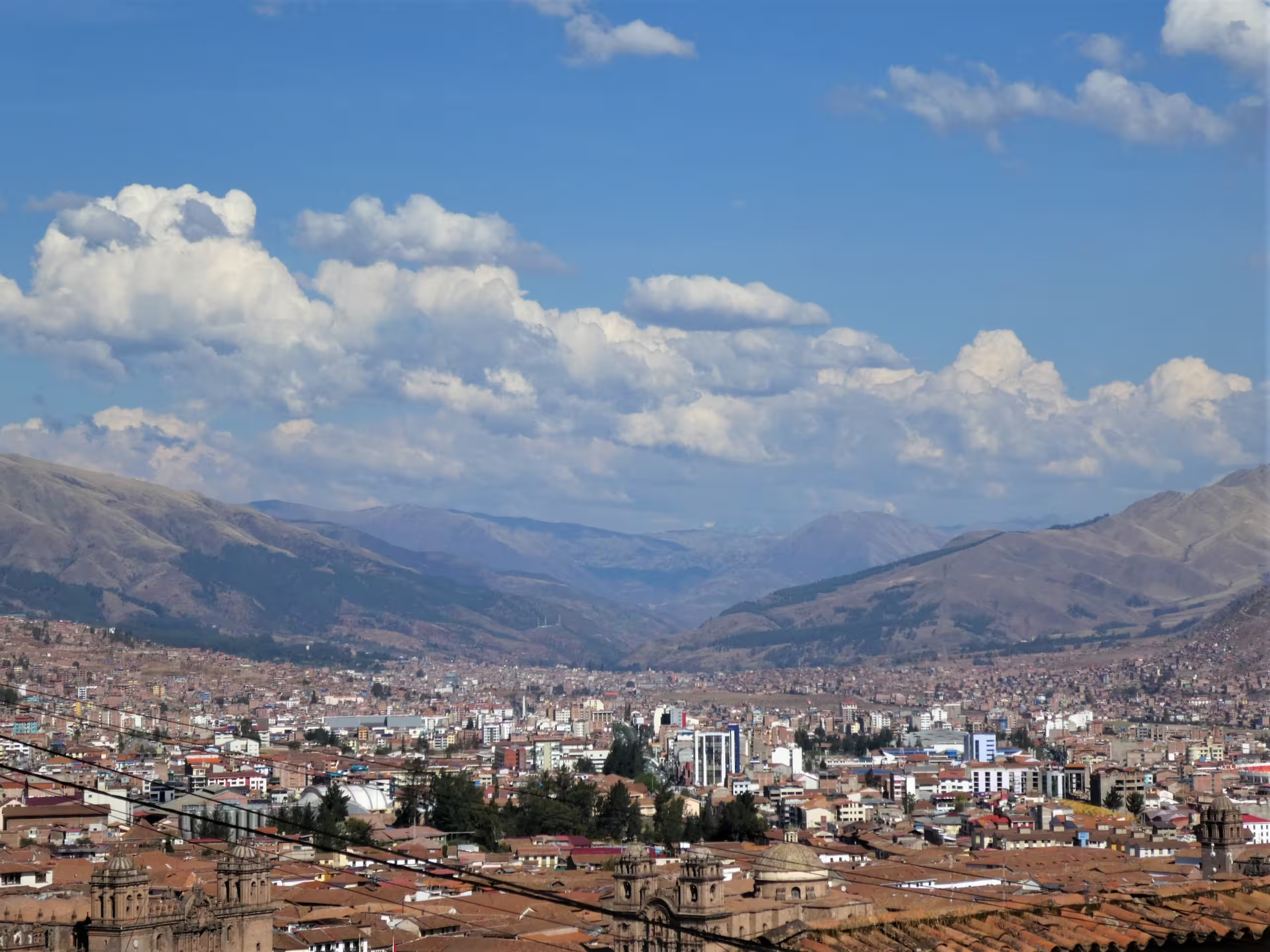Our Perspectives
Our trip to Buenos Aires sort of happened by accident. Due to massive protests in Santiago de Chile at that time, we had to cut our time short in that part of the country and find somewhere else to spend 8 days. We ended up in Buenos Aires, Argentina and we’re now really glad that we didn’t miss out on this one-of-a-kind South American city.
He Said
Despite a few initial setbacks, Buenos Aires quickly became one of my favorite destinations in South America. Similar to Santiago, Buenos Aires has a much more modern feel than many other Latin-American cities. Likewise, the city is very clean, I felt safe and there is no shortage of cool things to do or interesting places to visit. Furthermore, there are prices on everything in the supermarkets and you can generally find whatever you need. These last two may seem obvious since it’s a large city, but if you’ve spent much time in Central and South America, then you know that is usually not the case and you, therefore, understand just how amazing these things are. The only two major drawbacks are the currency problems and the fact that you still can’t find good coffee here. We have some tips for dealing with money in Argentina, though, so that’ll eliminate one of your problems.
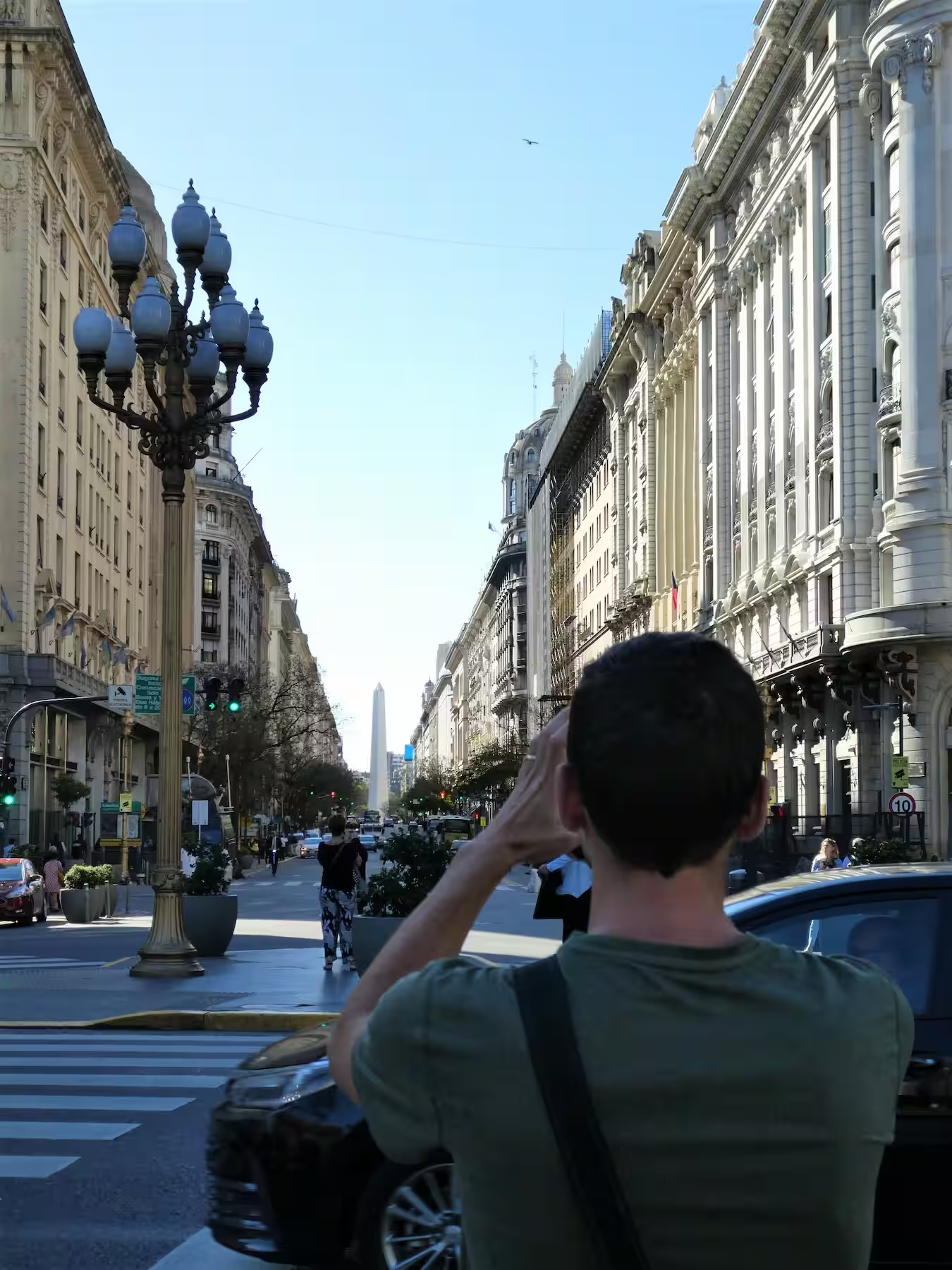
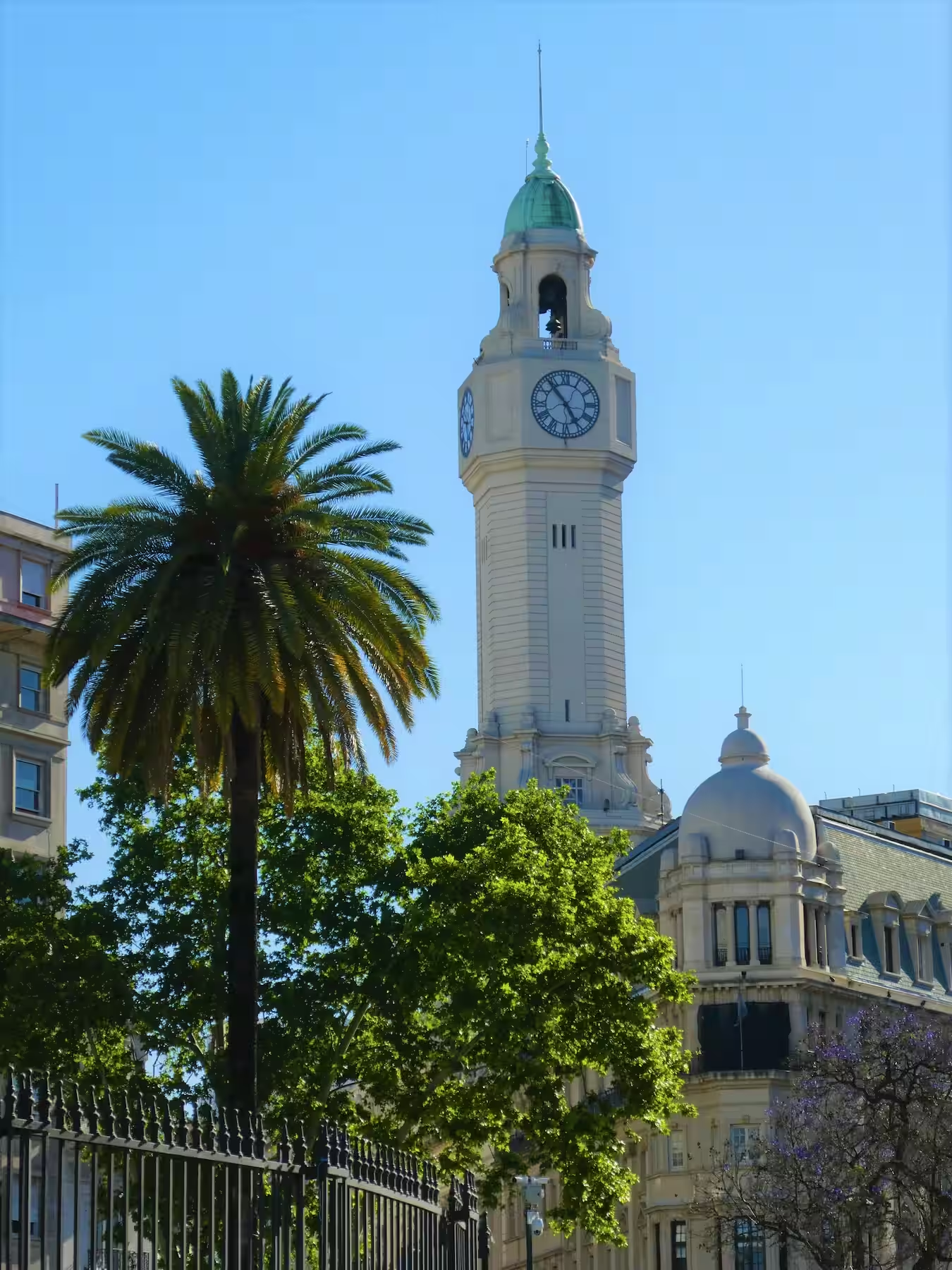
She Said
Funnily enough, Buenos Aires was neither ever on my bucket list nor did we plan on going there on our world trip. However, plans change all the time and due to the demonstrations in Santiago de Chile, we decided to fly to Buenos Aires just because it was the cheapest option :D. AND I haven’t regretted that decision for one second. Buenos Aires is by far one of the best cities, and maybe even THE best city, we visited during our world trip. Now, if anyone were to ask me what city to visit in South America, I’d definitely suggest Buenos Aires without hesitation. You might be wondering: But why is Buenos Aires so great? Well, go on, read our article and find out ;).
Buenos Aires Travel Tips in this Article
IMPORTANT: Must-Know Information About Money in Argentina
If you’re not prepared to handle the money situation in Argentina, then your trip is going to get off to a very bad start. We had heard that getting money in Argentina was difficult, but nobody ever really explained just how bad it was. We weren’t coming from our own country, so we didn’t have any cash to exchange, meaning that our options were very limited. In short, we had no idea what hit us when we arrived and I (Ryne) was in a terrible mood for the first part of the trip because of it. To help you avoid this same frustration, we’ve listed everything you need to know about money in Argentina. We want to keep this short and simple, so we’re not going to get into the corrupt banks and their excuses for being so greedy and unreasonable.
- Withdrawal Limits & ATM Fees: Unless you have a local bank, you can expect fixed ATM fees of about $10 and up per transaction. Now, if you’re in the same situation we were and didn’t have any cash to get you by, then you may also consider just making a massive withdrawal so that the $10 fee seems more justified. Sorry, you’re limited to about $60 per withdrawal, equating to a roughly 18% ATM fee on a maximum withdrawal. Buenos Aires is a cheap city, but $60 isn’t going to cover your expenses unless you just never leave your accommodation.
- Using Credit Cards: How does a minimum 10% fee on every transaction sound? Because that’s exactly what you can expect if you use your credit card in Argentina. This is, of course, assuming your credit card will be accepted. Pretty much everyone in Buenos Aires will accept a card, but the fee is unavoidable.
- Exchange Rates: The exchange rate of the Argentinian Peso fluctuates rapidly and unpredictably. In fact, the constant extreme fluctuations has opened up a black market for exchanging money. The nice thing about it for tourists is that you can often find or negotiate a nearly perfect exchange rate.
- Unstable Prices: Unfortunately, Argentina hasn’t found a way to stabilize their currency and the prices of all items and services are constantly changing based on the latest exchange rates. Therefore, there is no way of really knowing how much something is going to cost until you see the most current price tag.
- Exchanging Money: That being said, it’s vital to know where to exchange money. Obviously, a safe option is at the airport, but you’ll never get a good deal there. Furthermore, you can expect to wait in line for at least one hour and you’re not allowed to use your cellphone while standing in line (the security guard even walks around to make sure you don’t). On the opposite end of the spectrum, Florida Street is fully of shady (and illegal) exchange offices. We’ve heard of people getting good deals, but even the locals don’t take their chances here. Why? Well, you risk getting robbed, getting ripped off or getting fake money. Do you know what fake Argentinian Pesos look like? Didn’t think so. In our opinion, it’s just not worth the risk. Instead, you can avoid frustration and risk by using any exchange office in the city that is out in the open and clearly displays its rates and commissions. It’s useful to have a currency app that is updated by the minute so that you know exactly how much your money is worth. Unless you’re in a hurry or just impatient, you can usually find favorable rates just by walking around a bit. If you don’t like the rate, you can always ask to negotiate; the worst they can say is no.
- Ordering Money: The last viable option is just to order money from a service like Western Union or similar. Buenos Aires is a big city, so there are plenty of locations where you can collect a money order. The good services usually have security guards inside or outside of the offices for additional peace of mind. You should definitely check out your options to decide which works best for you, but our favorite service for getting money in Argentina was Azimo.
- Azimo: The reason we loved Azimo so much in Argentina is because we got a positive exchange rate (we made money!), the first two transfers are fee-free and you get additional credits when signing up through a friend. Here are your free credits, friend. 🙂 We’ve even used this service a few times outside of Argentina and have been thoroughly satisfied each time.
Tips & Tricks
Once you’ve got your Pesos, you can go about the rest of your trip with peace of mind, knowing that it’s smooth sailing from there. To make sure you have the absolute best time in Argentina’s capitol, we’ve detailed the can’t-miss tips below.
Food
- Empanadas: Most people don’t realize that empanadas originate in Argentina and that’s likely because you can find them in every South American country. Nevertheless, Argentina still boasts the best empanadas and we can personally confirm this. For those who don’t know what it is, an empanada is a fried (or baked) pastry that can be filled with any variety of ingredients. The most typical empanada is filled with ground beef, onions, peppers and any other minced ingredients preferred by the chef as well as a single olive right in the middle. However, you will find a wide range of empanadas that even come with vegan or vegetarian fillings.
- Olivia in Villa Crespo: The best empanadas in Buenos Aires arguably come from this pizzeria. This was another recommendation from our local friends and our mouths are watering just thinking about their decadent empanadas.
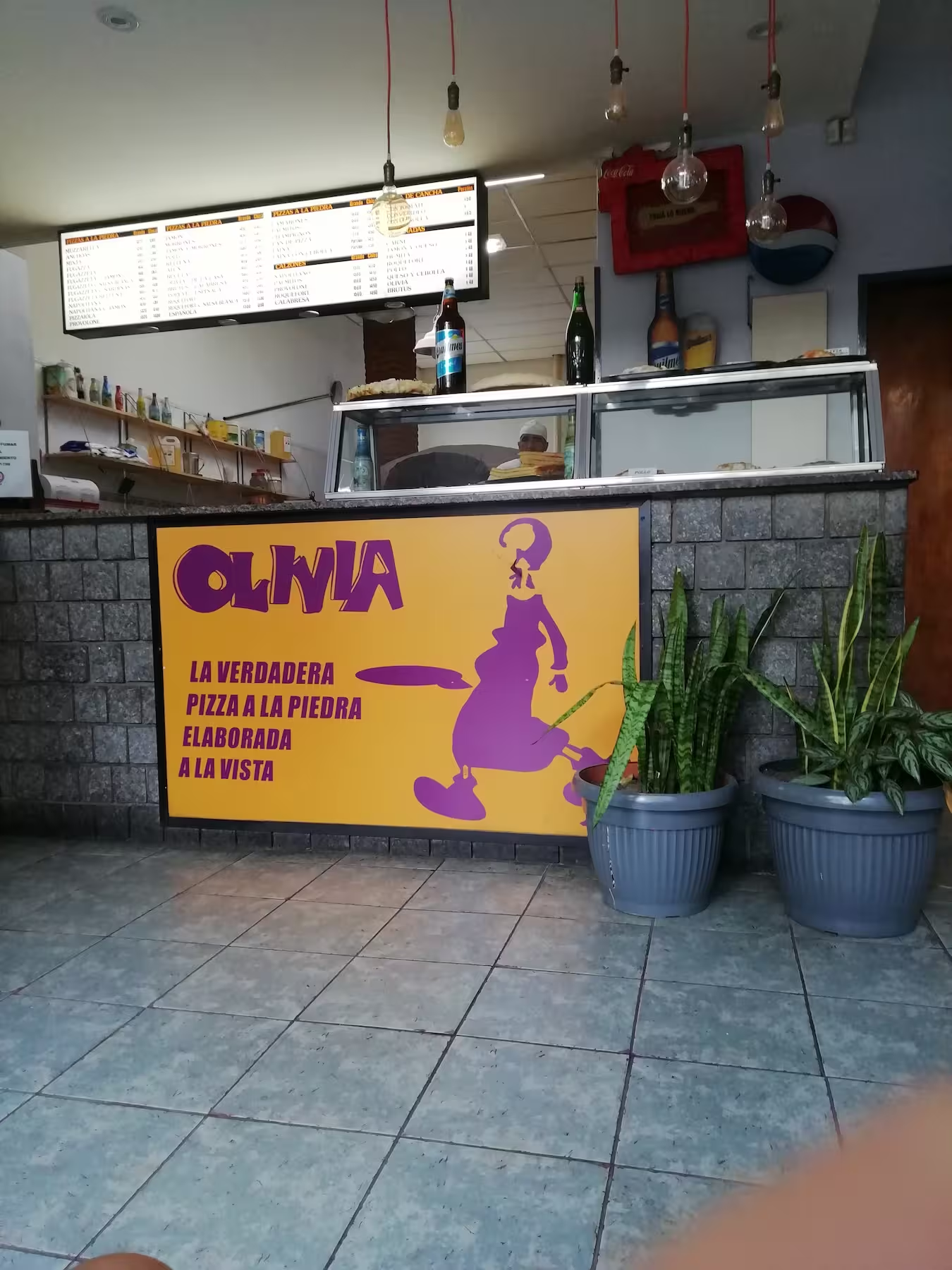
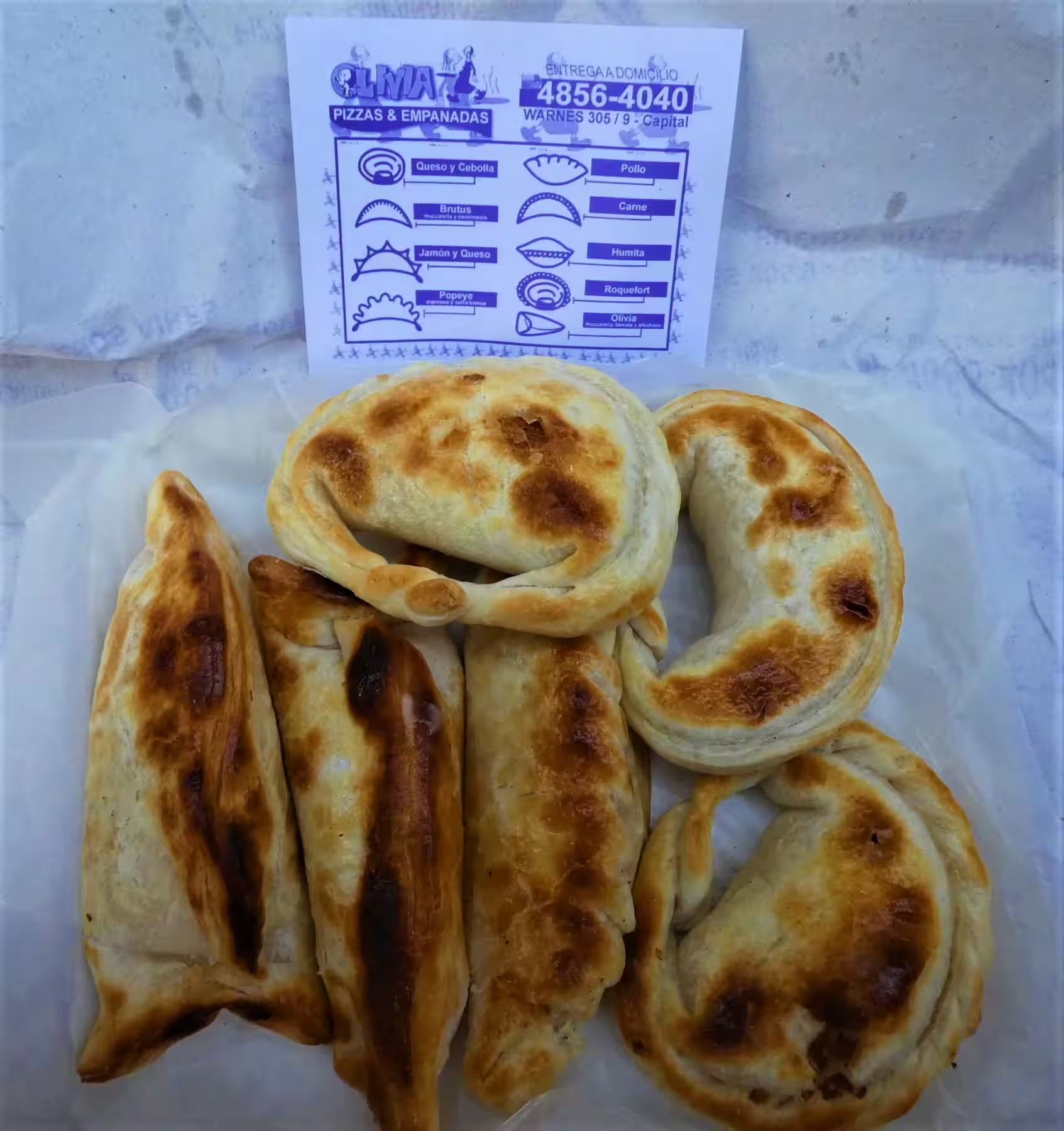
Fast and cheap: If you’re in a rush or just want to grab something for the road, empanadas are the perfect handheld solution. You can find them almost everywhere and usually for a pretty cheap price. We stopped by a place called Brozziano one day on our way back to our hostel and were full for lunch for about $1. Steak: Argentinian cattle ranching has always been big, due to the massive expanse of ranges. The result is a culture of grilling that can only be competed with by the American Midwest. Some would argue that the best steak in the world comes from Argentina. Europeans should recognize this as you almost only see Argentinian steaks in the finer restaurants. Now, we didn’t actually try steak while in Argentina and there are two reasons for this: 1. We were already vegetarians while we were there. 2. Ryne is from Kansas and that’s where the real best steak in the world comes from, so we weren’t ready to sacrifice our diet for second place steaks. 😉 All jokes aside, if you should find yourself in Argentina and don’t have any dietary restrictions regarding meats, then you should go ahead and give the famous steak a try. Dulce de leche: It doesn’t get much more Argentinian than this. Dulce de leche is a sweetened condensed milk that’s been heated until it takes on a caramel color and a caramel-like taste. The most common use is as a bread spread, but you can also find it in “alfajores” and anything else that calls for sweetness. While it is very good, you may get tired of it if you spend too much time in Argentina because it truly is everywhere. Sometimes, supermarkets will have more variations of dulce de leche than anything else. Alfajores: This is another typical Argentinian treat. An alfajore consists of a flavored filling between two biscuits and the entire thing is dipped in chocolate or some other coating. Of course, you will always be able to find alfajores filled with dulce de leche. The two flavors pictured below are blueberry and almond.

Pizza: Argentina isn’t the first country that comes to mind when we think of pizza, but we have to admit that we had some pretty awesome pizza while we were here. The upcoming restaurant came highly recommended to us from local friends of ours.
- Güerrin: This is the most famous pizzeria in Buenos Aires and for good reason. They bake up incredible pizzas with fresh ingredients and creative combinations. From a standard margherita to elaborate combinations, they’ve truly got something for everyone. We tried a blue cheese pizza and a vegan pizza, both of which were fantastic.

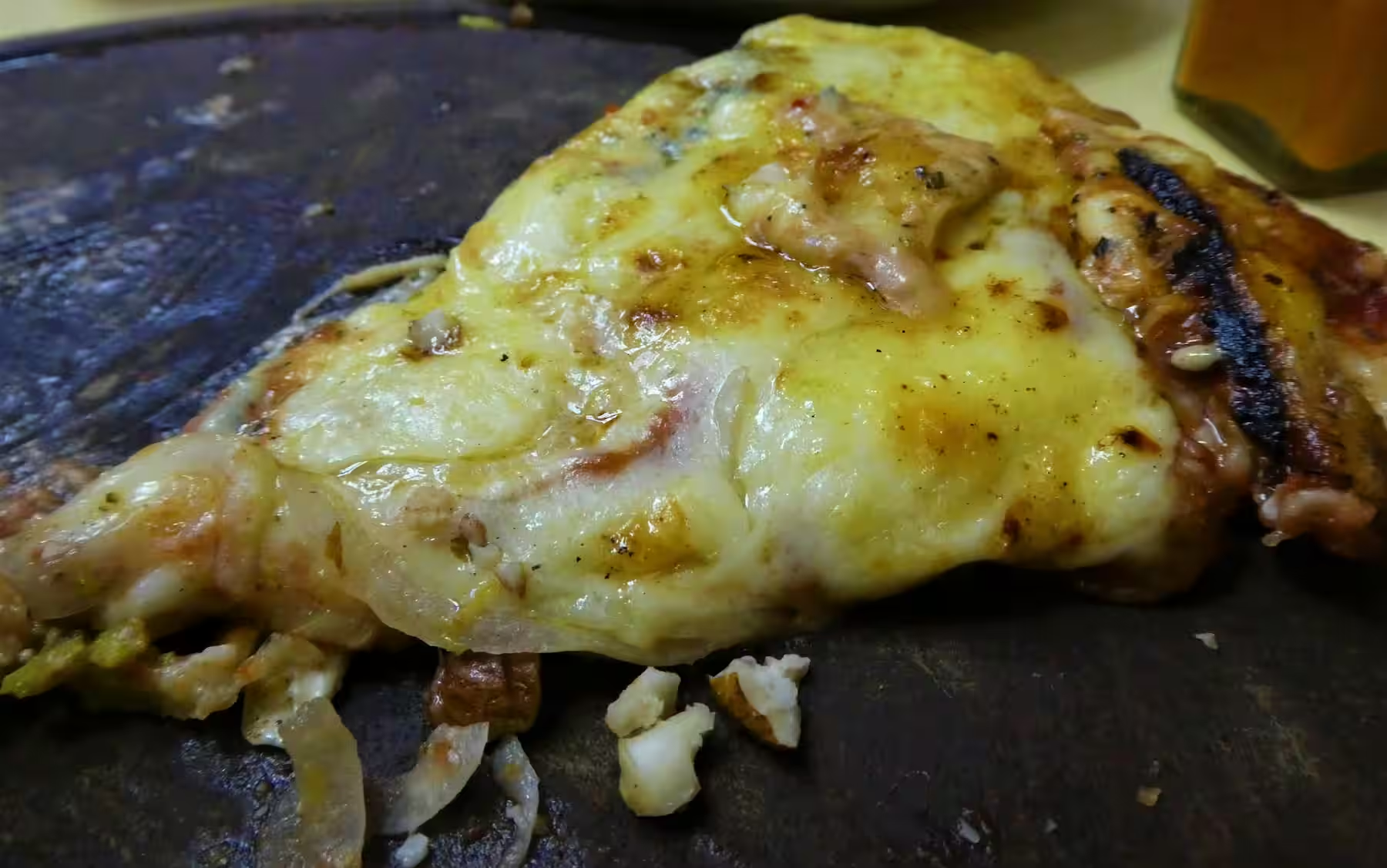
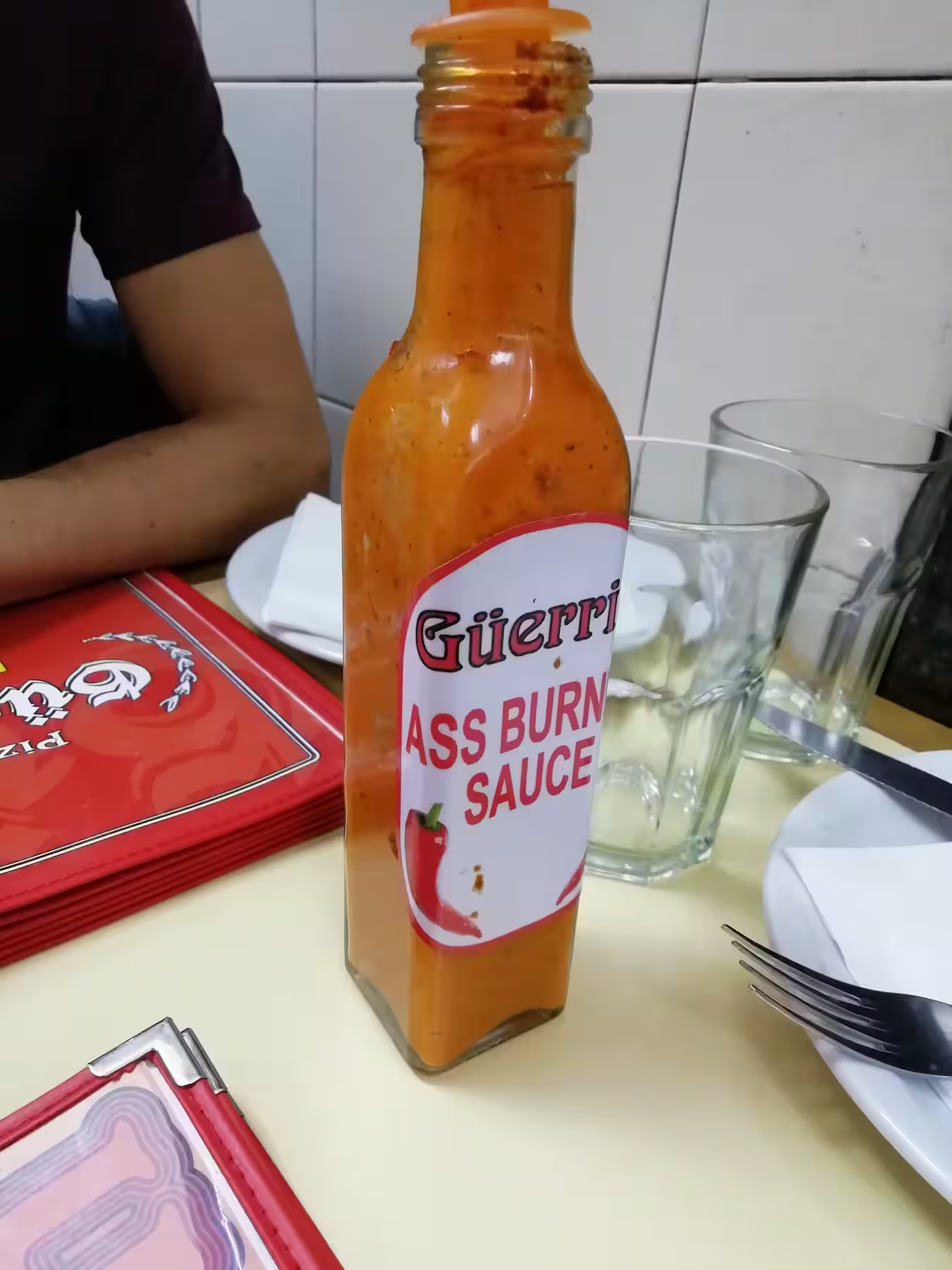
Bars
Whether you’re a night owl, a party goer or even a homebody, it’s worth checking out the nightlife in Buenos Aires. We’re more into the bar scene than the club scene, but there is no shortage of either here. If you’re looking for a fun night out, then Palermo is the place to go. This district is close to the local university, meaning there are plenty of cool bars with good drink prices. Regardless of whether you’re into hip music or a cozy pub, you’ll find your bar here. The bars we tried out as per the locals’ recommendation are Cafe San Bernardo and Darsena.
Cafe San Bernardo is the true definition of a locals’ bar. There’s nothing fancy about it; in fact, I (Ryne) felt like I was in the pool room of a bowling alley. Don’t expect to be blown away by the decoration or a cozy atmosphere. This is the place to go if you’re looking to drink some cheap beer and play pool or ping pong. The place is huge, so your group shouldn’t have any trouble finding an open table. They also often organize impromptu pool tournaments with cash prizes.
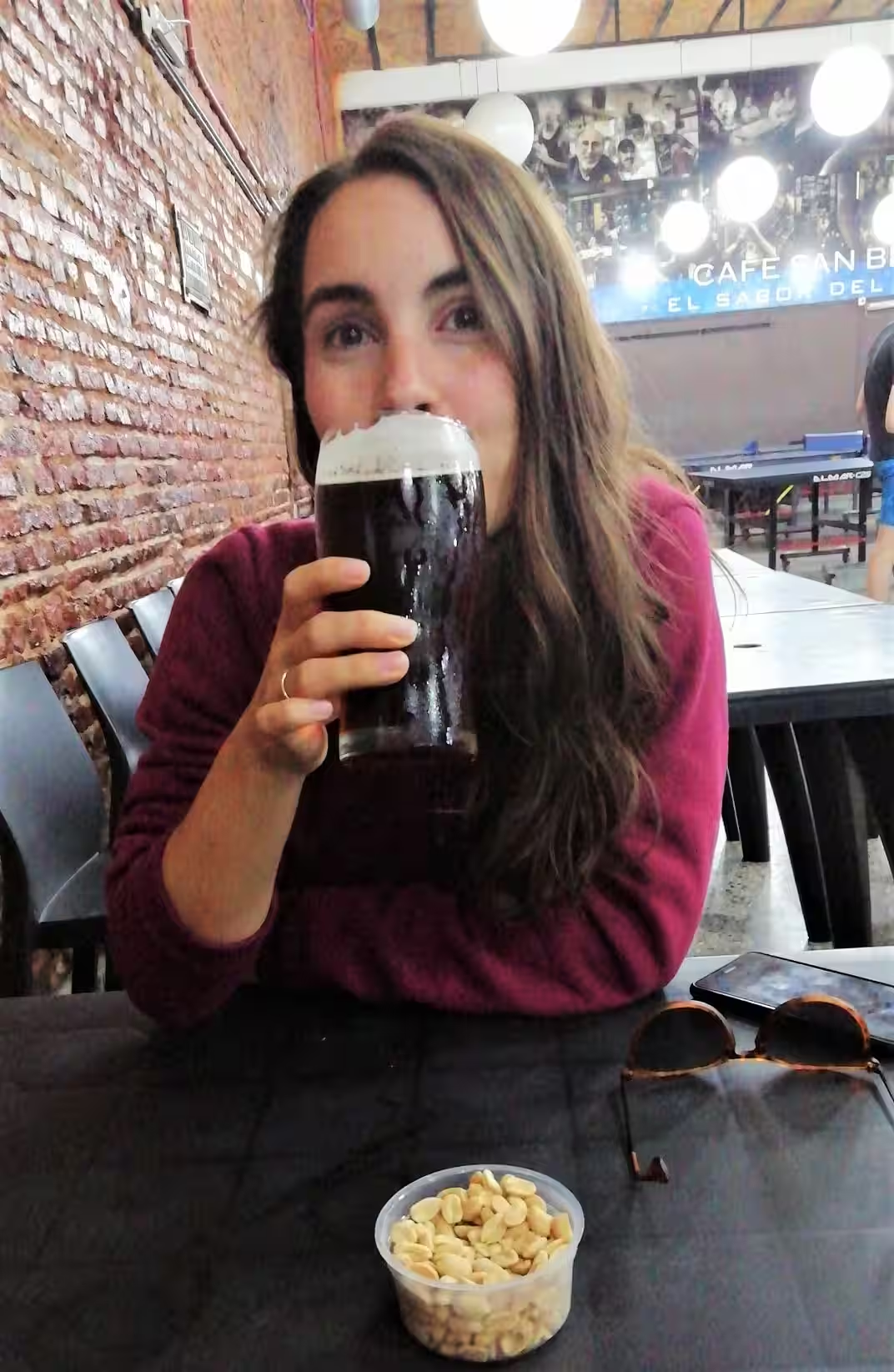
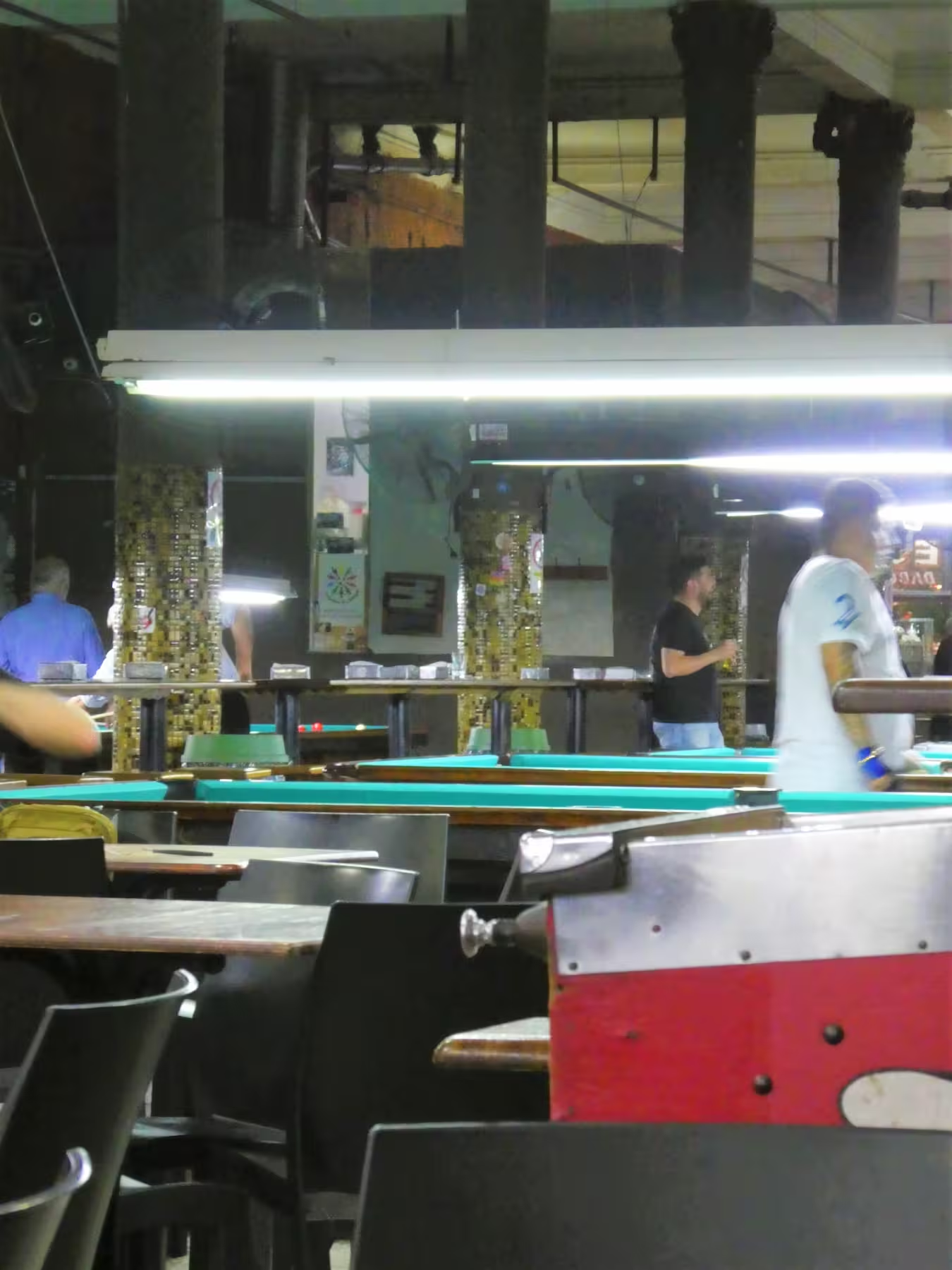
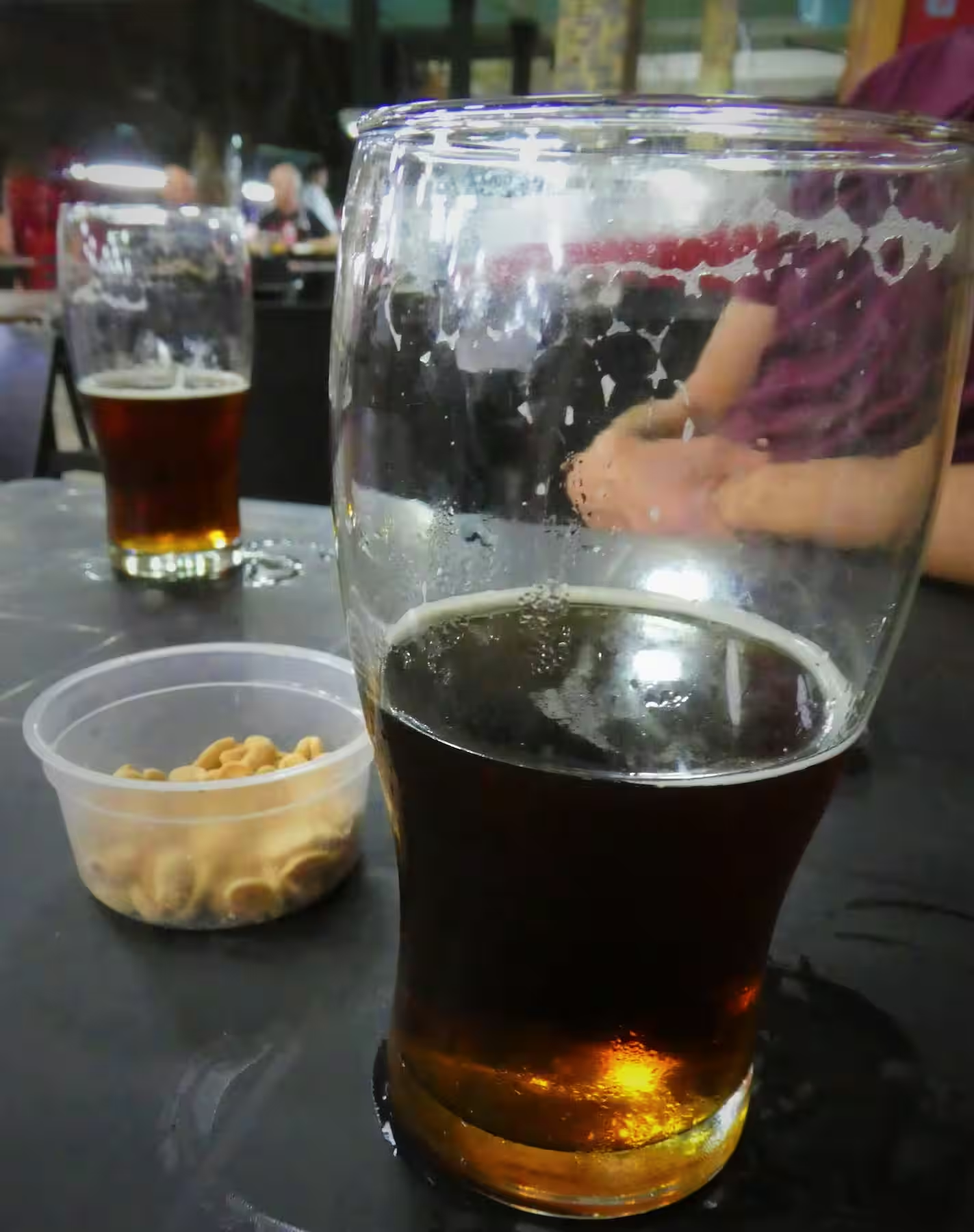
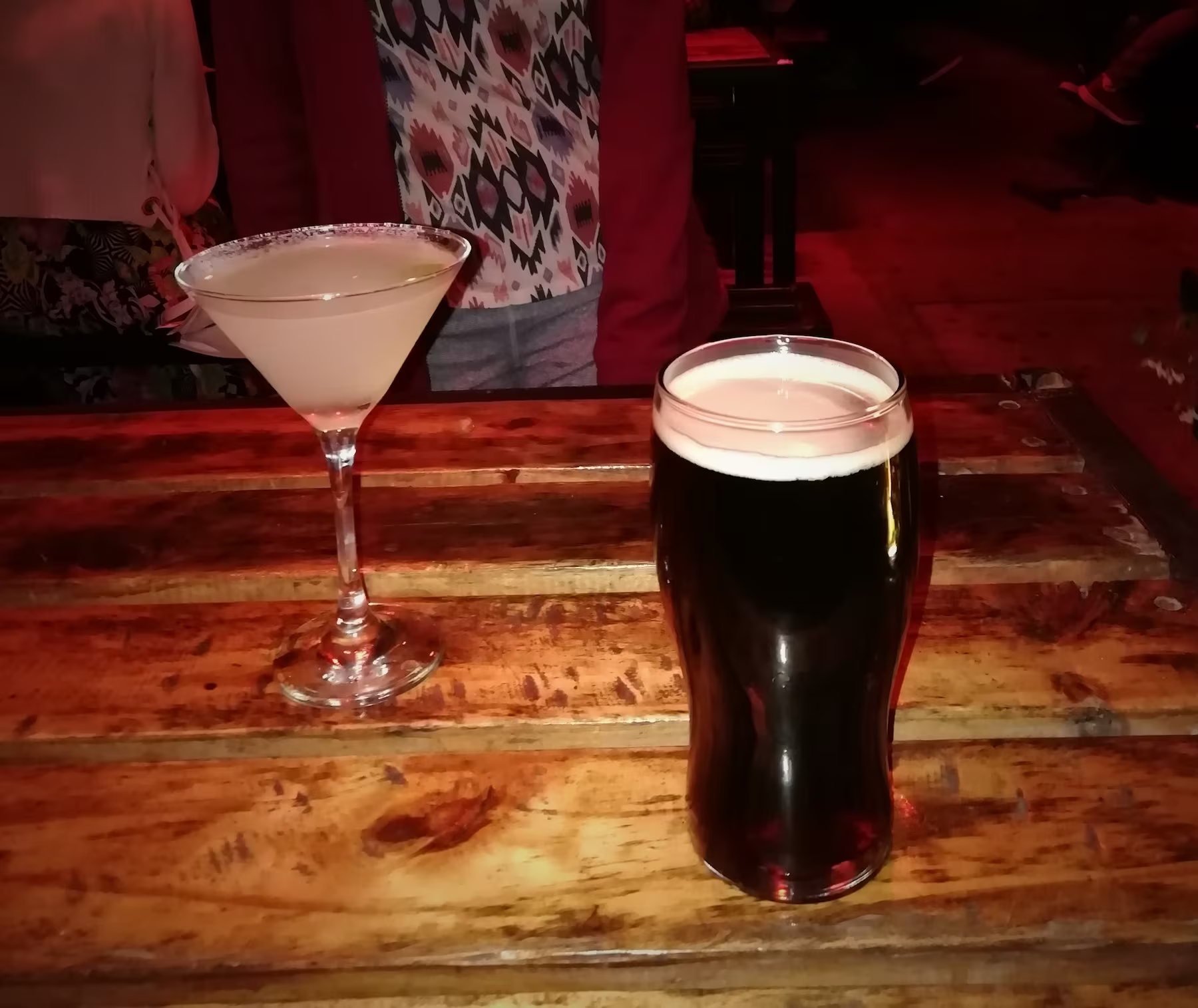
Darsena is officially listed as a cocktail bar, but they also offer a wide selection of beers and food. The coolest feature of this place is that it is entirely outside. They have a DJ mixing a variety of cool music, while the talented bartenders are mixing an endless variety of creative drinks. One half of this outdoor bar is roofed, so you can even go there on rainy nights.
Buenos Aires is also famous for speakeasies, a concept that originally began during the 1920’s alcohol prohibition era in the United States. In short, a speakeasy is an underground (secret) bar to which access is only granted upon uttering the correct password. A true speakeasy is not recognizable from the outside. Alcohol consumption is not prohibited in Buenos Aires, but the concept has taken off as a fun alternative to the classic bar scene. If you’re interested in visiting one, then you should check out this article on some of the best speakeasies in Buenos Aires.
Accommodation
This is one of those rare occasions where we don’t really have a specific accommodation to recommend. Where you stay should ultimately depend on what it is you want to do. The city center isn’t actually centrally located for doing all of the things we recommend, but if you are only interested in seeing the historical center, then you should usually be able to find a decent accommodation for an okay price. Otherwise, there aren’t many neighborhoods that you should avoid, as the city is extremely safe. Our recommendation would be to book an accommodation in Monserrat, Recoleta or the city center. The main sights are easily accessible from there and you also have good connections to the other districts, using the metro.
Transportation & The SUBE Card
Getting around Buenos Aires is pretty simple once you understand how the transportation systems work. If you’re going to take the bus or metro, then you will need a SUBE card. This is the electronic ticketing system that was implemented to replace physical tickets and eliminate ticket purchases from bus drivers. The price of the card is usually 90 Pesos, but this can change at a moment’s notice due to the currency fluctuations. You can buy the card from any convenience store or supermarket with a SUBE sign in the window. You can also charge your card at these same locations.
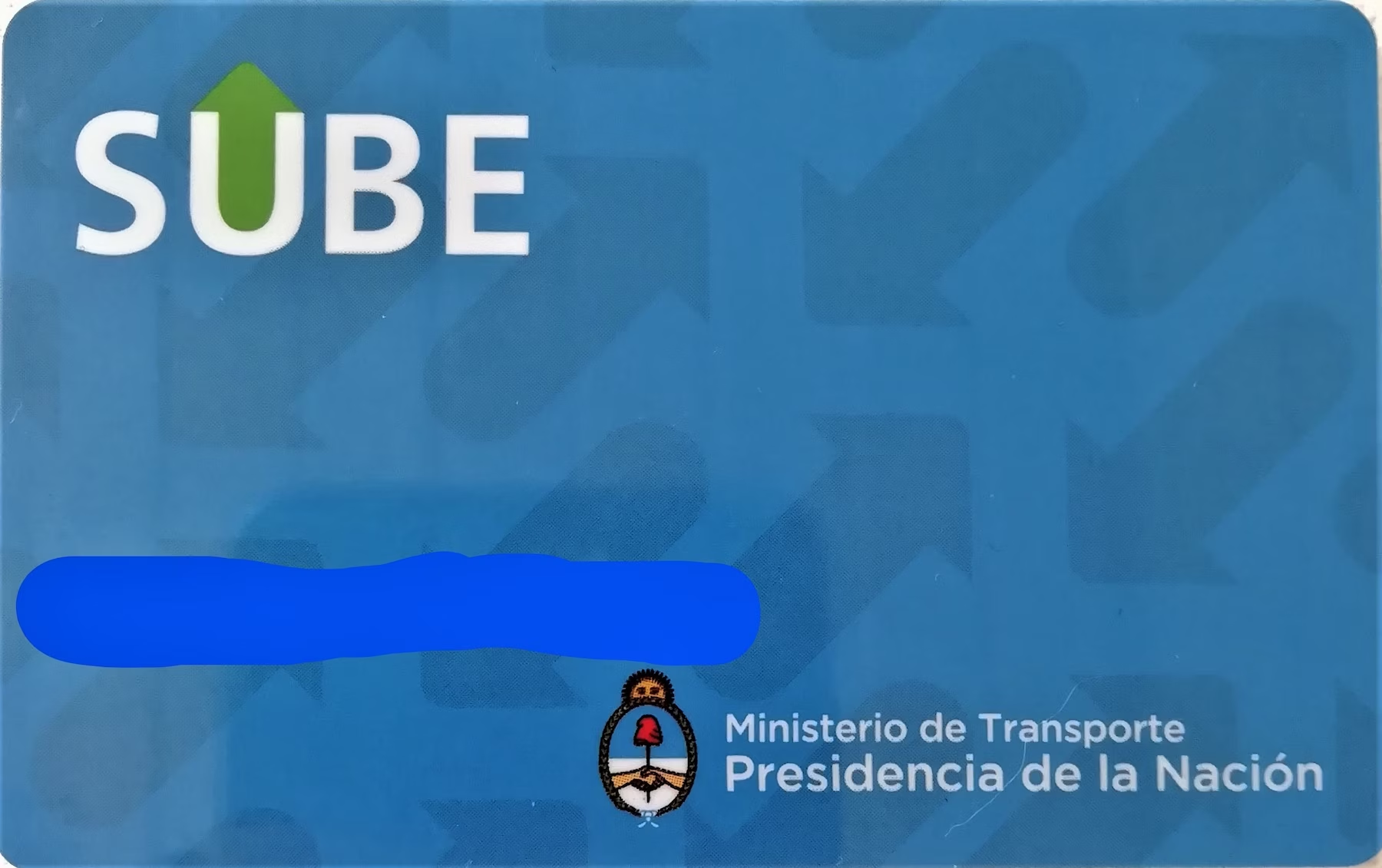
One advantage to the SUBE card is that you only need one, even if you’re traveling as a couple or in a group. Just be sure to load enough credits to cover the fares. Again, the fares are constantly changing, so there’s no way of knowing just how much any one ride will cost. You will see the price of the fare once you tell the driver where you’re going and he inputs it into the machine. Then, you will see your remaining balance after you’ve touched your card to the reader. Don’t blink, though! The remaining balance flashes quickly and it’s easy to miss.
It’s also possible to go into a negative balance with the SUBE card. That doesn’t mean you’ll be able to just ride for free, but it does mean that a bus driver won’t kick you off the bus if your balance goes below zero upon paying the current fare. The reason they allow this is because the pricing is unpredictable. For example, it’s easy to make the mistake of loading 25 Pesos of credit when the new price of a trip is 30 Pesos. Simply put, you just can’t know what the fare will be and the local transit authority understands this.
Airport Bus
The best way to get from Ezeiza International Airport to the city center is with the airport bus (Bus No. 8). It’s important to always ask if the bus is going to your destination because you may end up going in the wrong direction if you’re not careful. As for the pick-up point, you should ask the airport information desk, as current construction may have caused the location to temporarily change. You will also need a SUBE card to take this bus. You can buy a SUBE card at a kiosk inside the airport, but unfortunately, they will not accept credit card payments. Therefore, you will either need to already have some cash with you or exchange/withdraw cash first.
Metro
The metro, or underground, is another safe and easy way to quickly get around the city. Again, you’ll scan your SUBE card to enter the subway system, but you won’t need to scan it again to leave since the price is fixed regardless of the number of stops. One important thing to note is that the train doors will not stay open if you are stuck between them or if you didn’t make it on or off in time. We learned this lesson the hard way and had quite an adventure in relocating one another after getting separated at 11 pm on a busy Saturday night.
Taxis
Taxis are usually a pretty safe transportation option as well and the drivers are generally honest. However, we still heard stories about tourists getting ripped off, so always be sure about how much the ride costs and how much cash you give the driver. The taxis are everywhere, so you won’t have any trouble finding one if you need it.
Things To Do in Buenos Aires
There are countless cool things to do and interesting sights to see in Buenos Aires. You’ll cover most of the sights with our first tip below, but we’ve also listed a few other things to do that you just can’t miss out on, in our opinion.
Free Walking Tour
When in Buenos Aires, you have to do the free walking tour offered by Buenos Aires Free Walks. The tour guides are very knowledgeable and the distance you walk isn’t actually very far, meaning that you won’t exhaust yourself by taking part. As with all free tours, you have the option of leaving a donation for the tour guide at the end, based on what you can afford and how much you enjoyed the tour. We really enjoyed our tour. The guide was informative, funny and very professional.
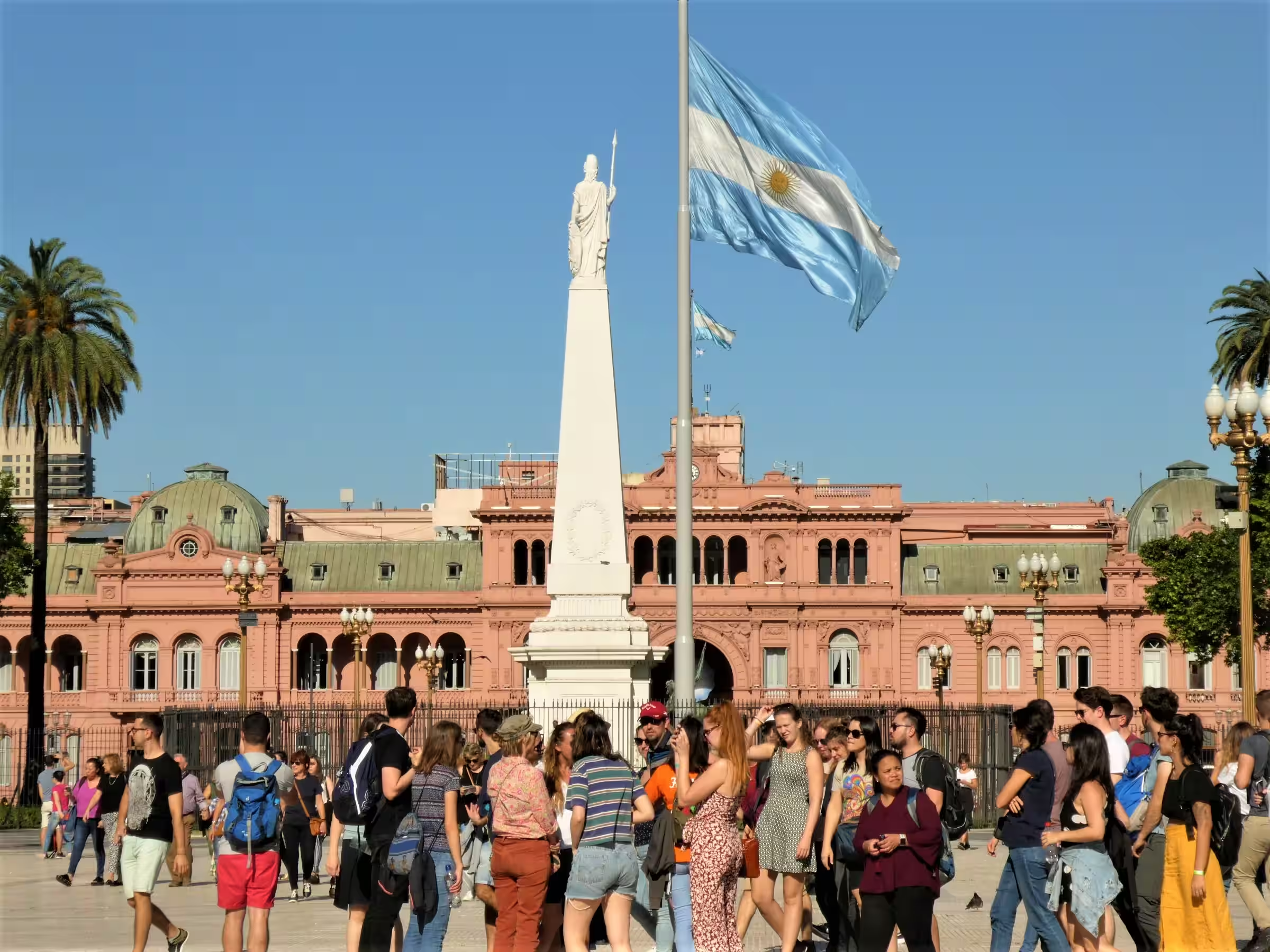
Must-See Sights
However, if you don’t want to take a tour, there are a few important and worth-seeing sights in Buenos Aires that you should visit. Here is a gallery of all of them:
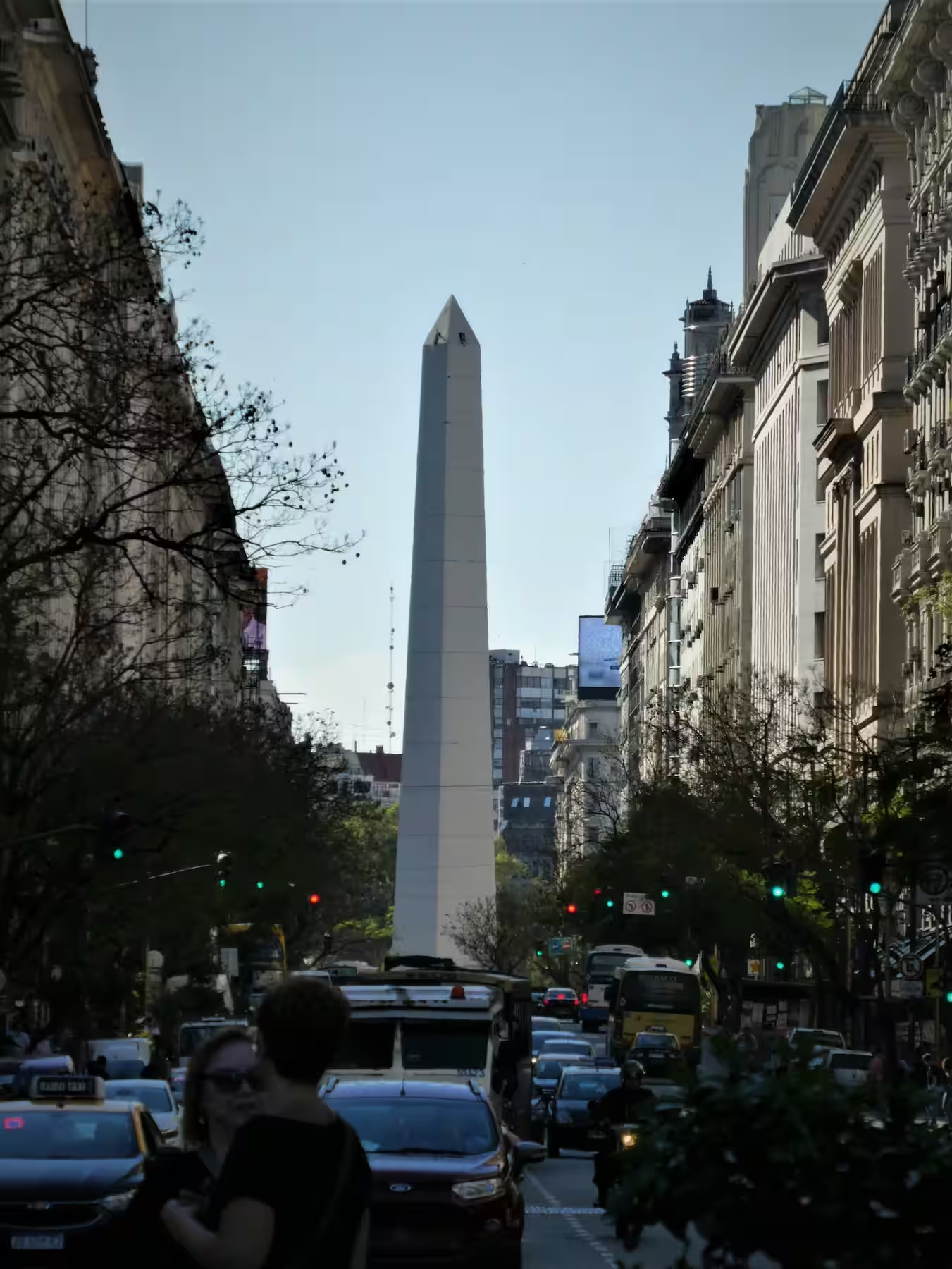
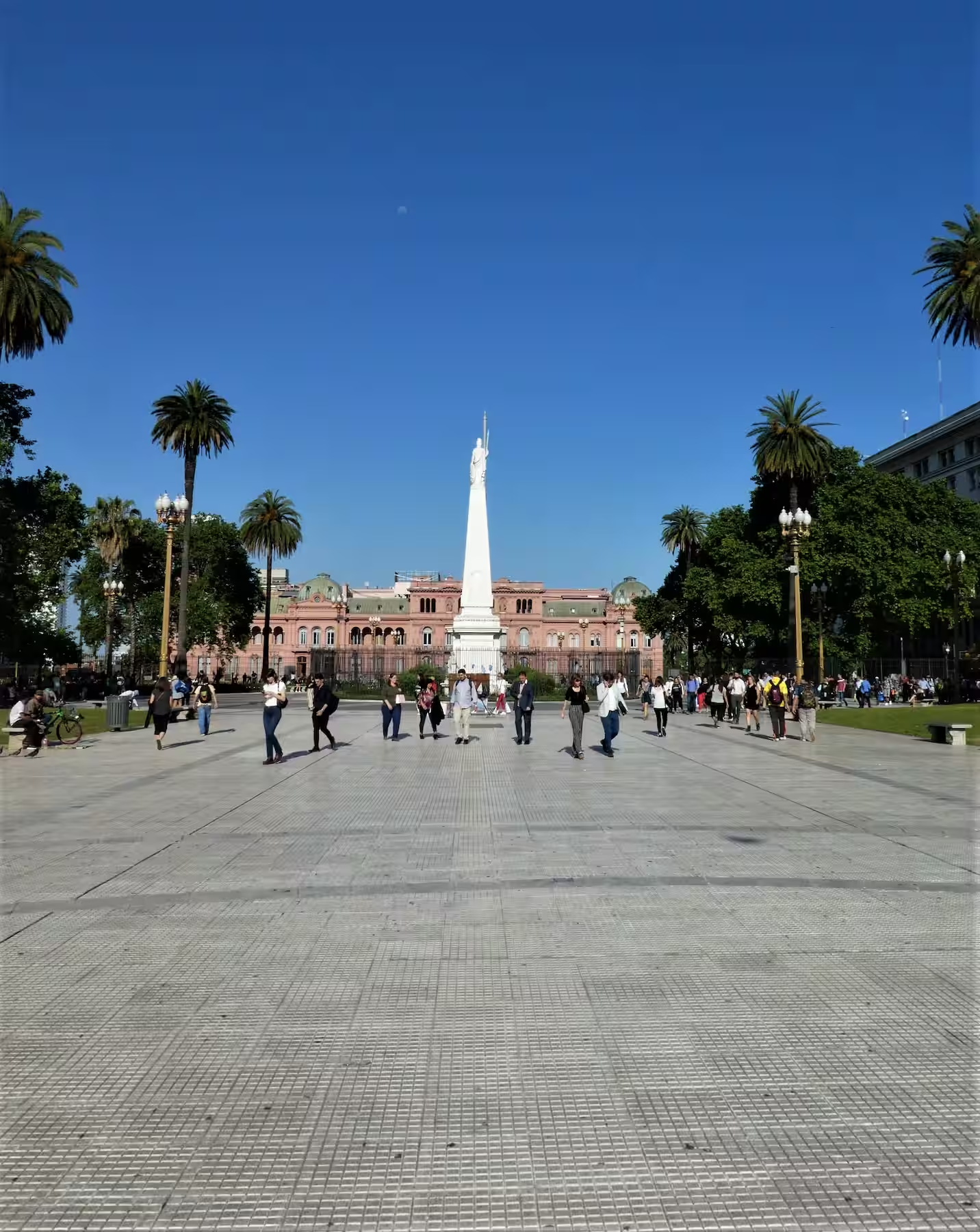
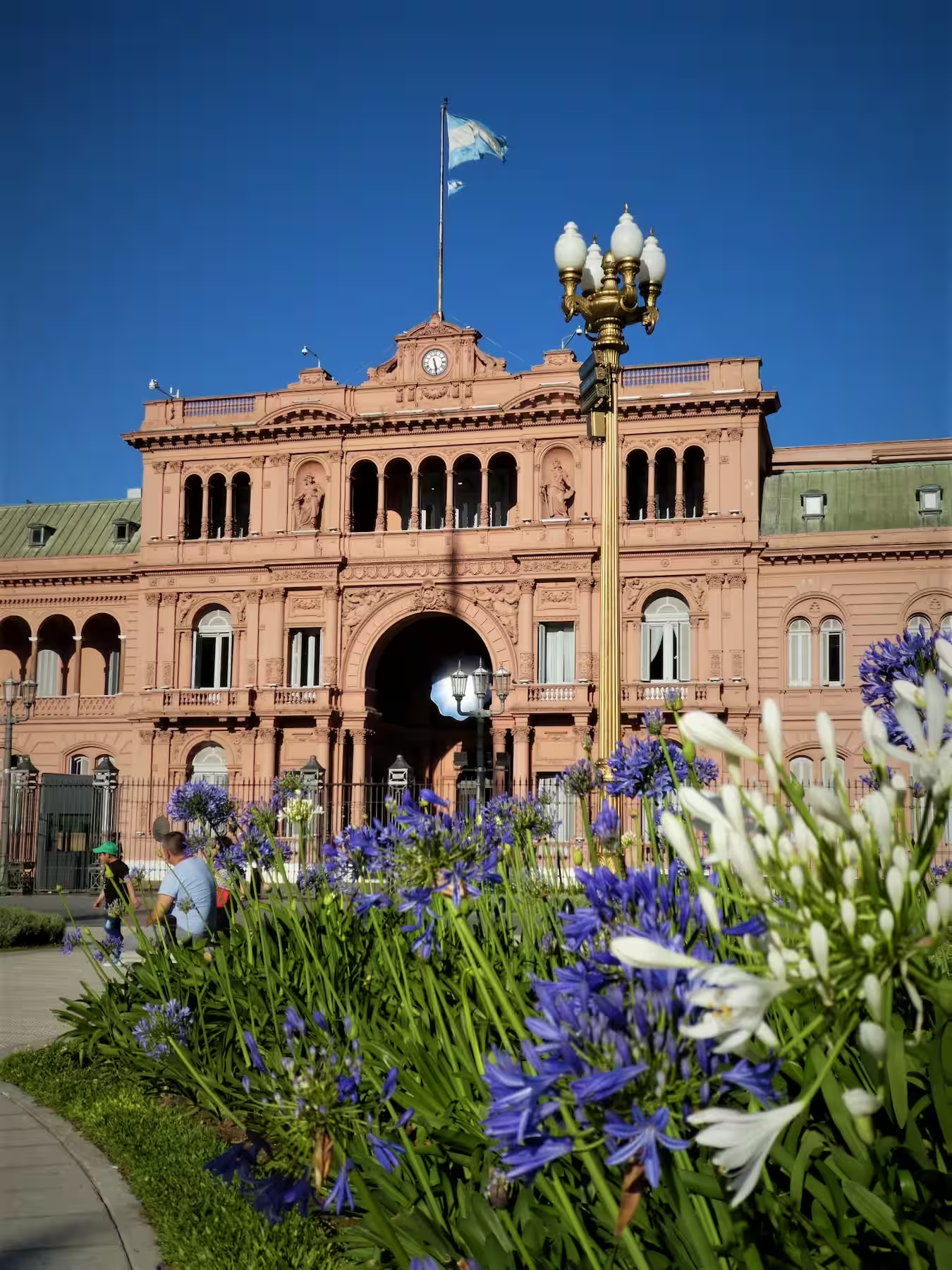
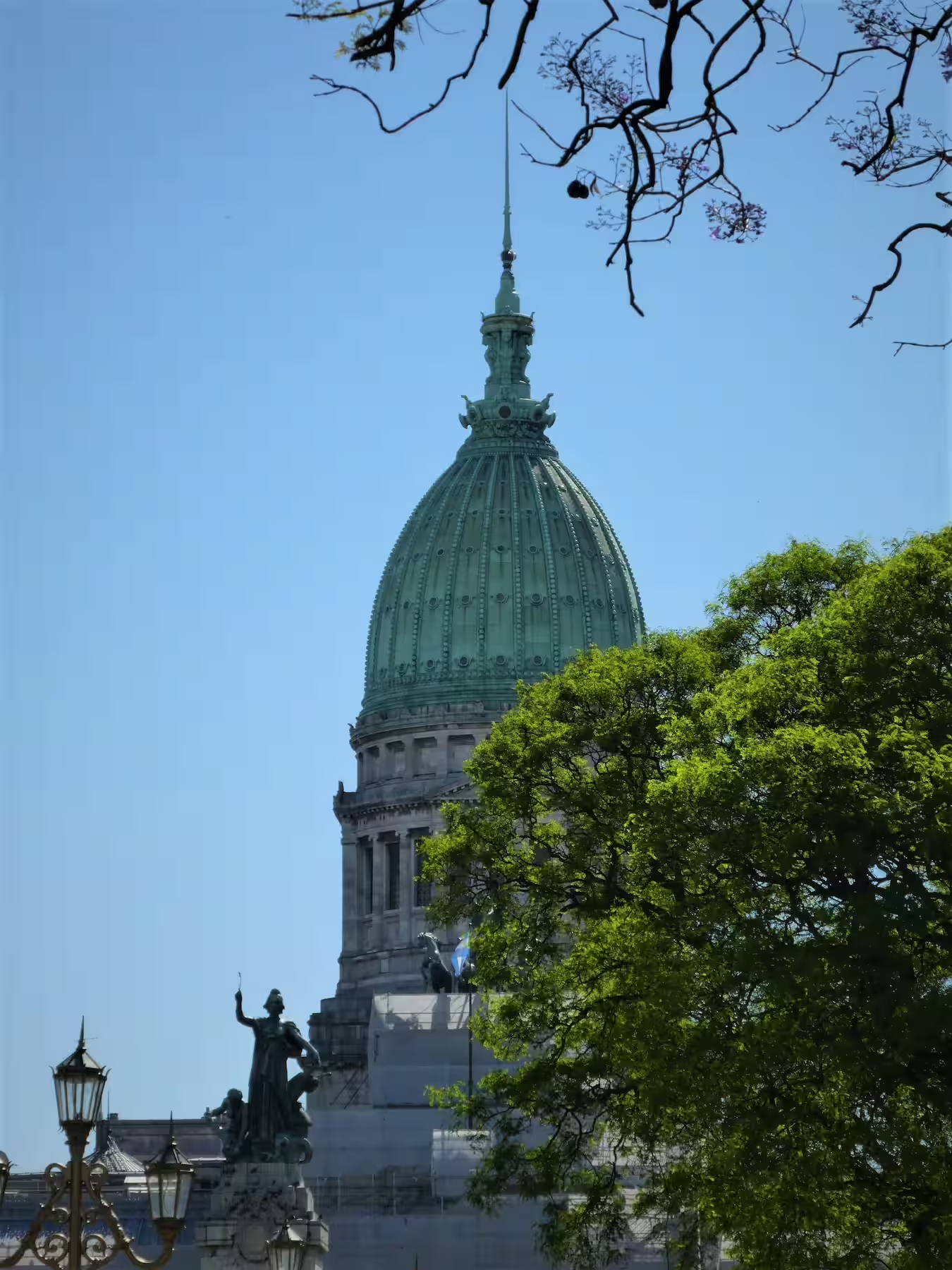
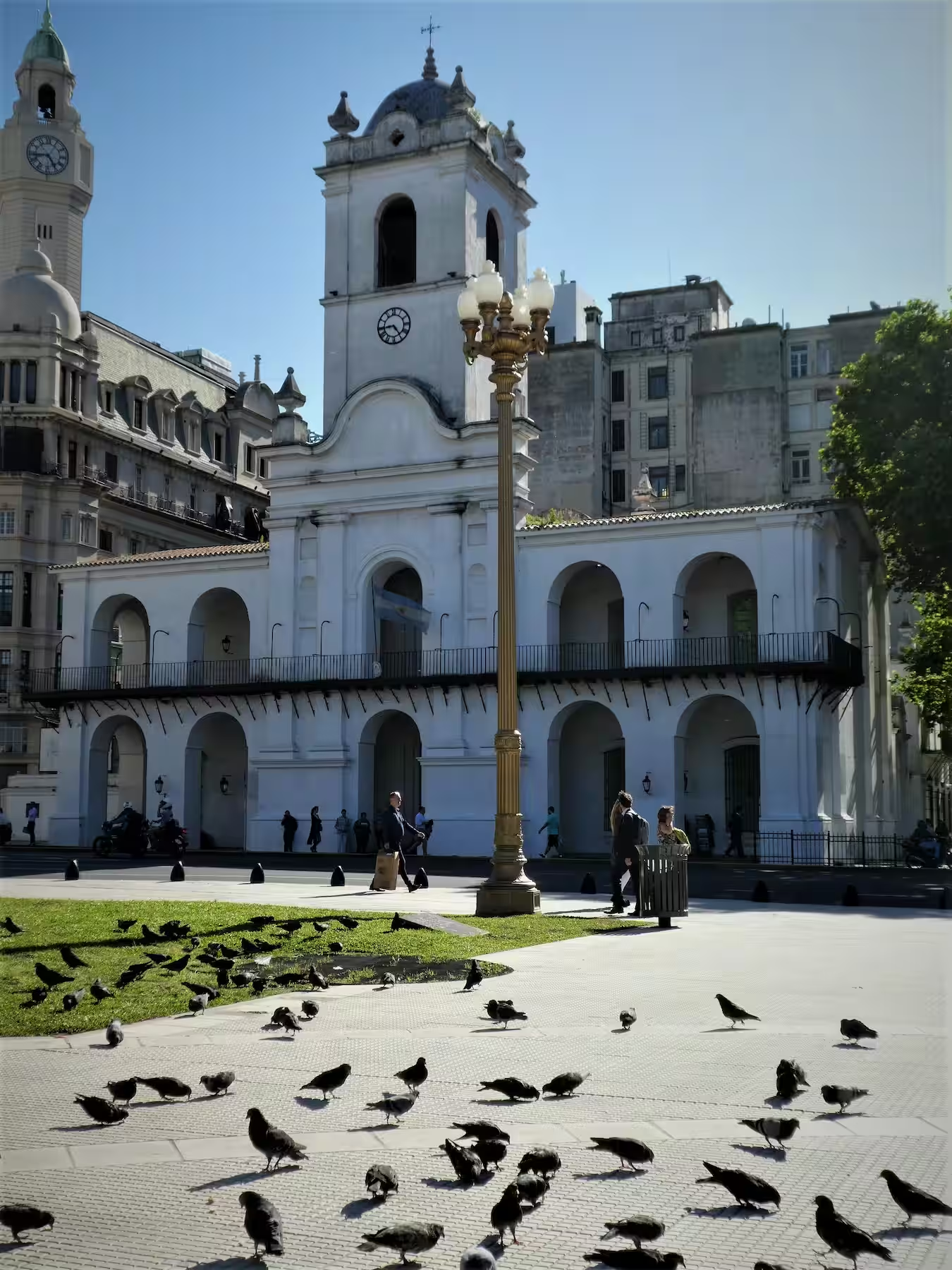
Bomba de Tiempo
La Bomba de Tiempo is an outdoor music event that takes place every Monday night at 7 pm at the Konex Cultural Center. Monday night seems like an odd time for an event, but you’re on vacation, so what’s it matter? The event is put on by a group of percussionists who take turns directing awesome beats of their own creation. Tickets cost around $4 pre-event and $5 at the door. You can also buy beer and food inside the venue for a pretty decent price. This was a really fun experience that we can definitely recommend to anyone visiting Buenos Aires!
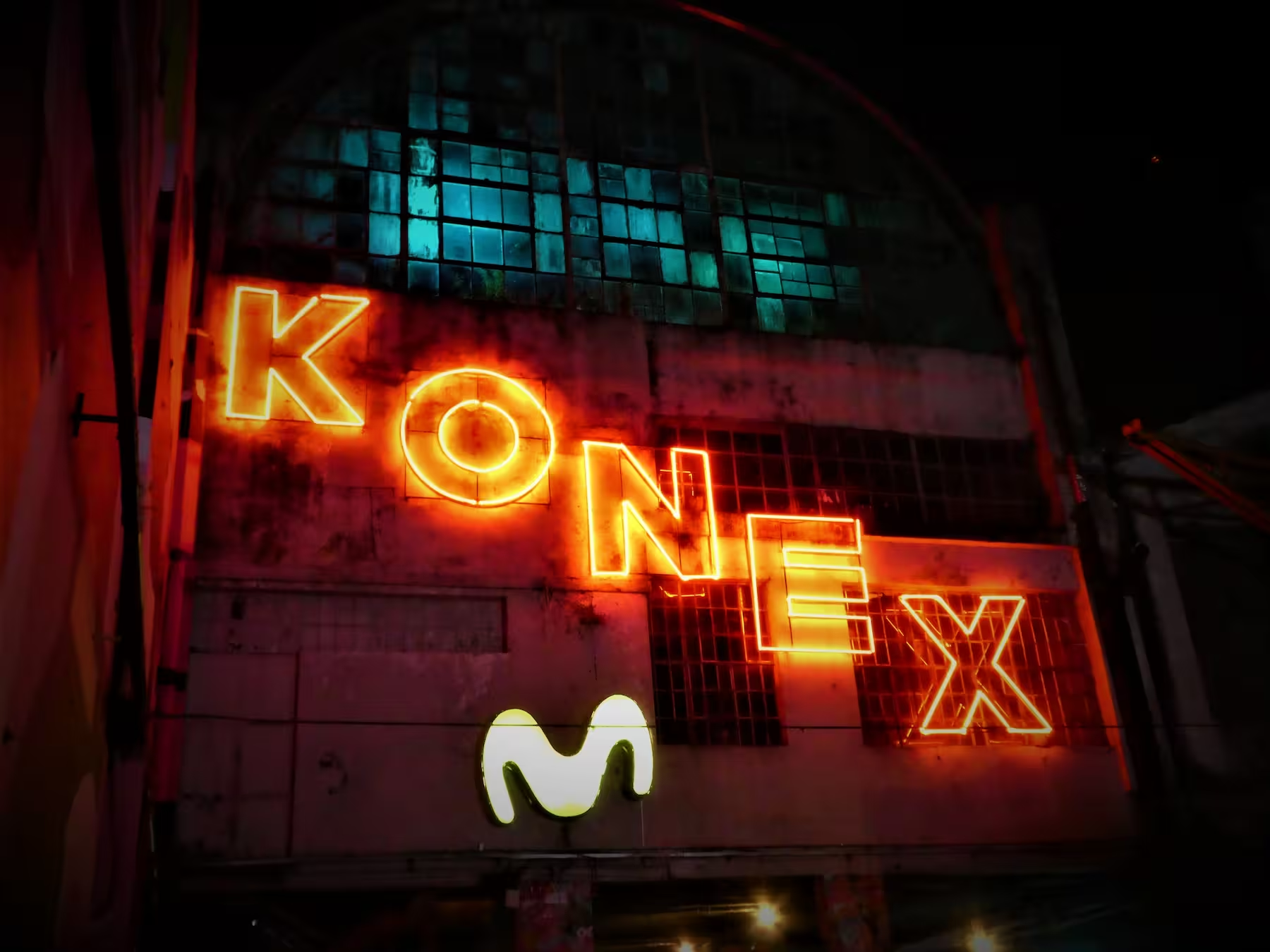
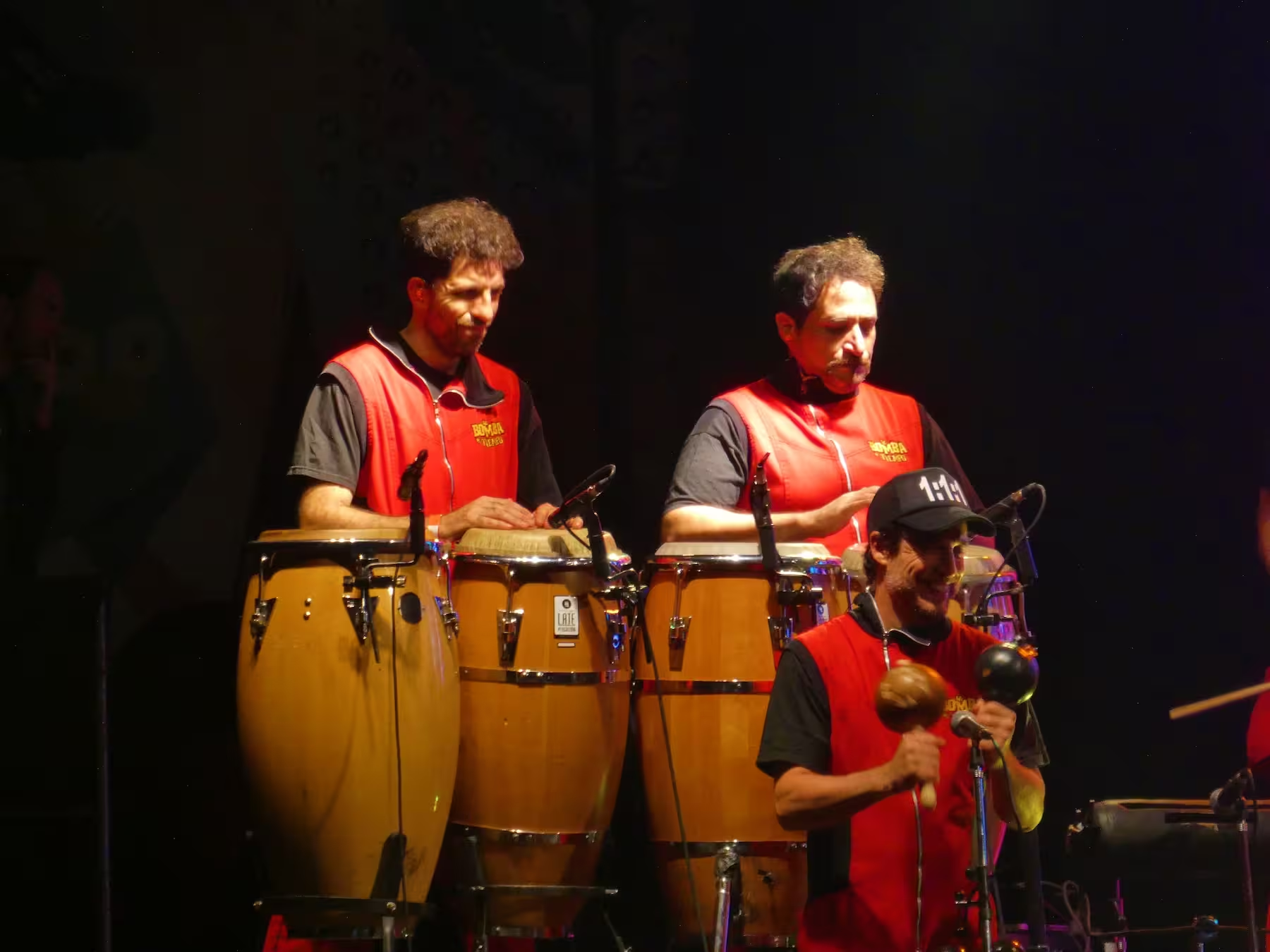
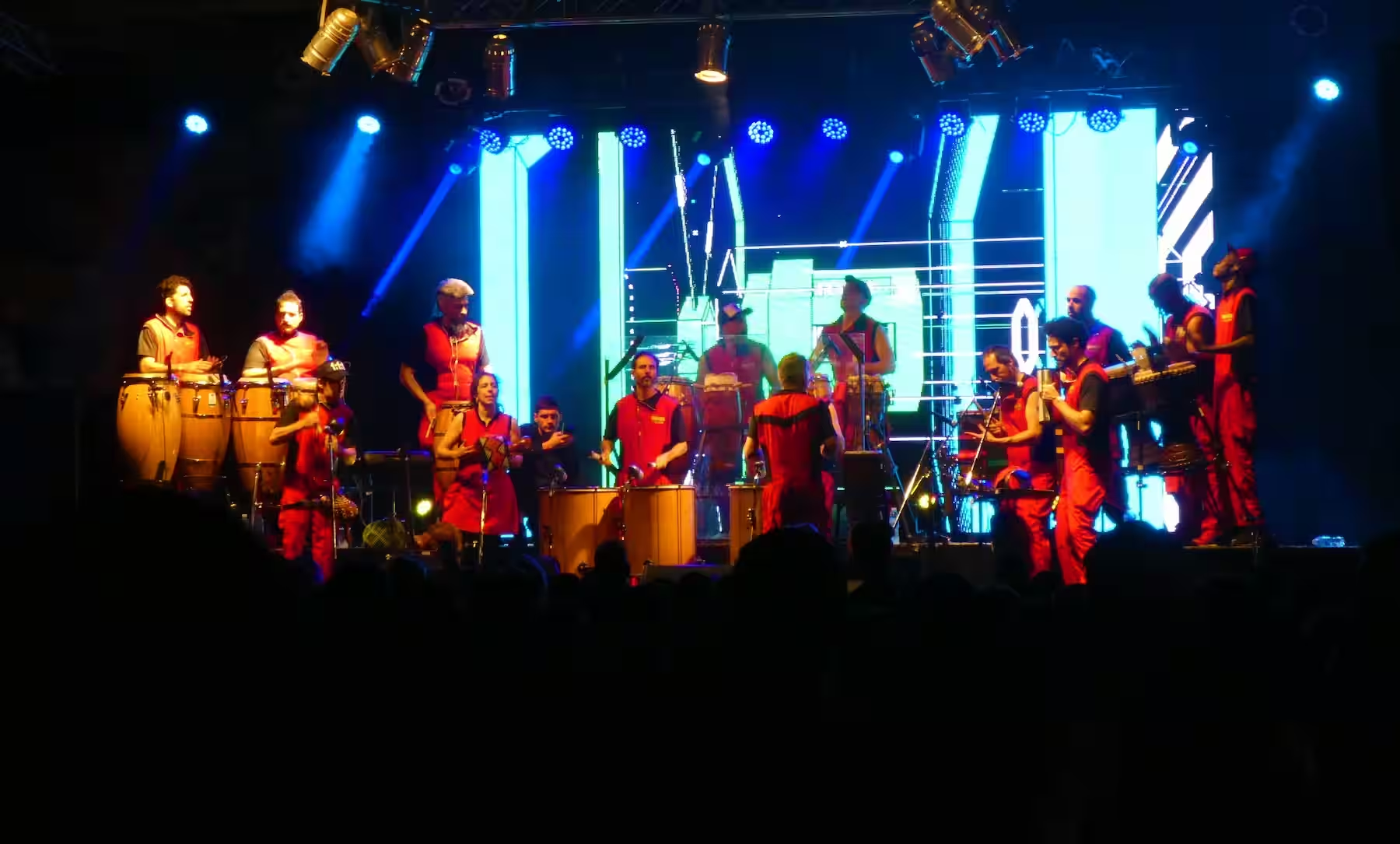
San Telmo Market
Easily the most famous marketplace in Buenos Aires is the San Telmo Market. The market is located indoors and mostly houses street food vendors, cooking up creative creations. The one downside is that the market has become very touristy and the prices have been inflated accordingly. Nevertheless, it’s worth a walk down here to check it out. If you go on Sunday, then you’ll see the entire Defensa street lined with even more vendors selling various homemade knick knacks, gifts, household items and pretty much anything else you can think of.
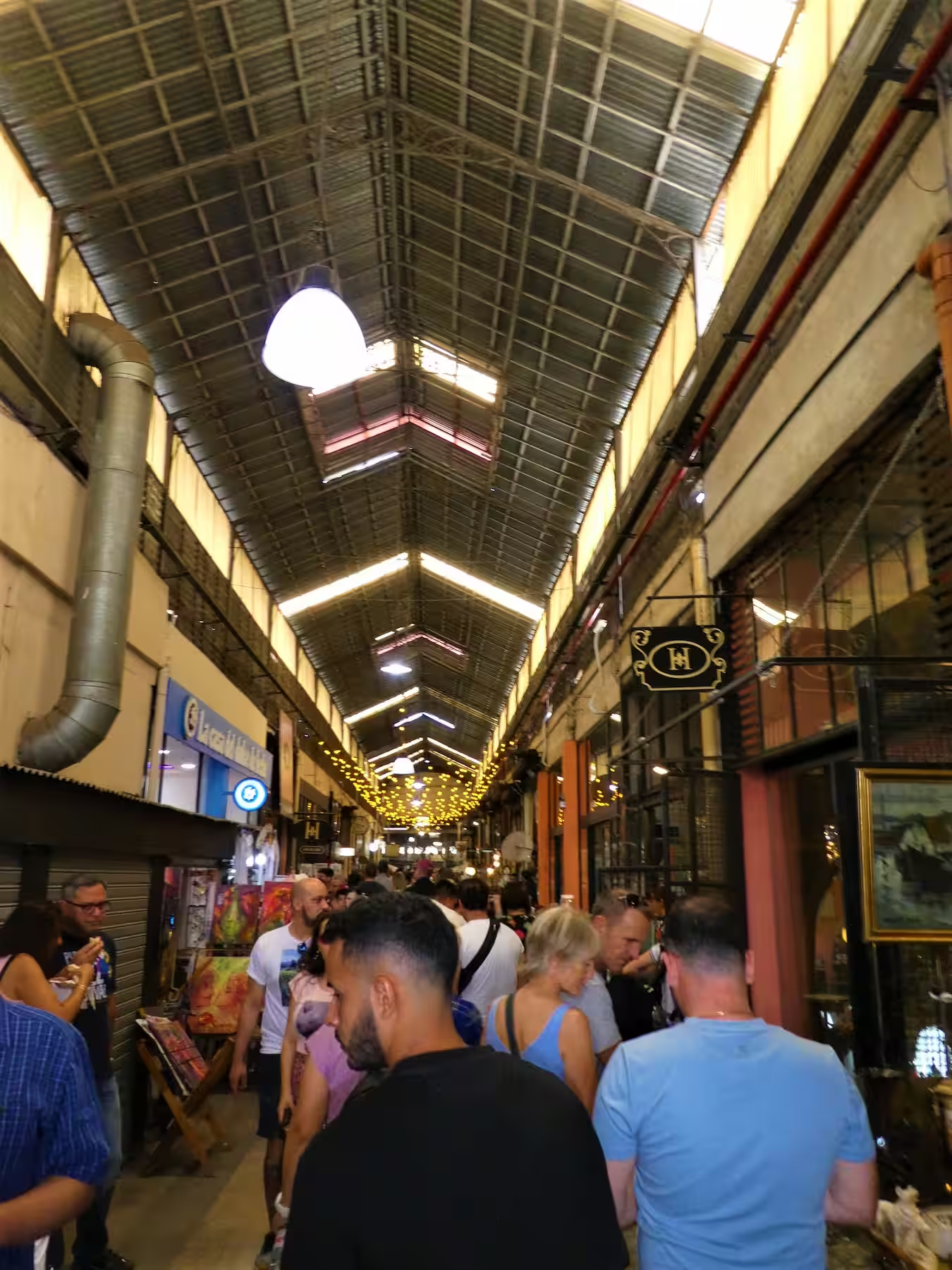
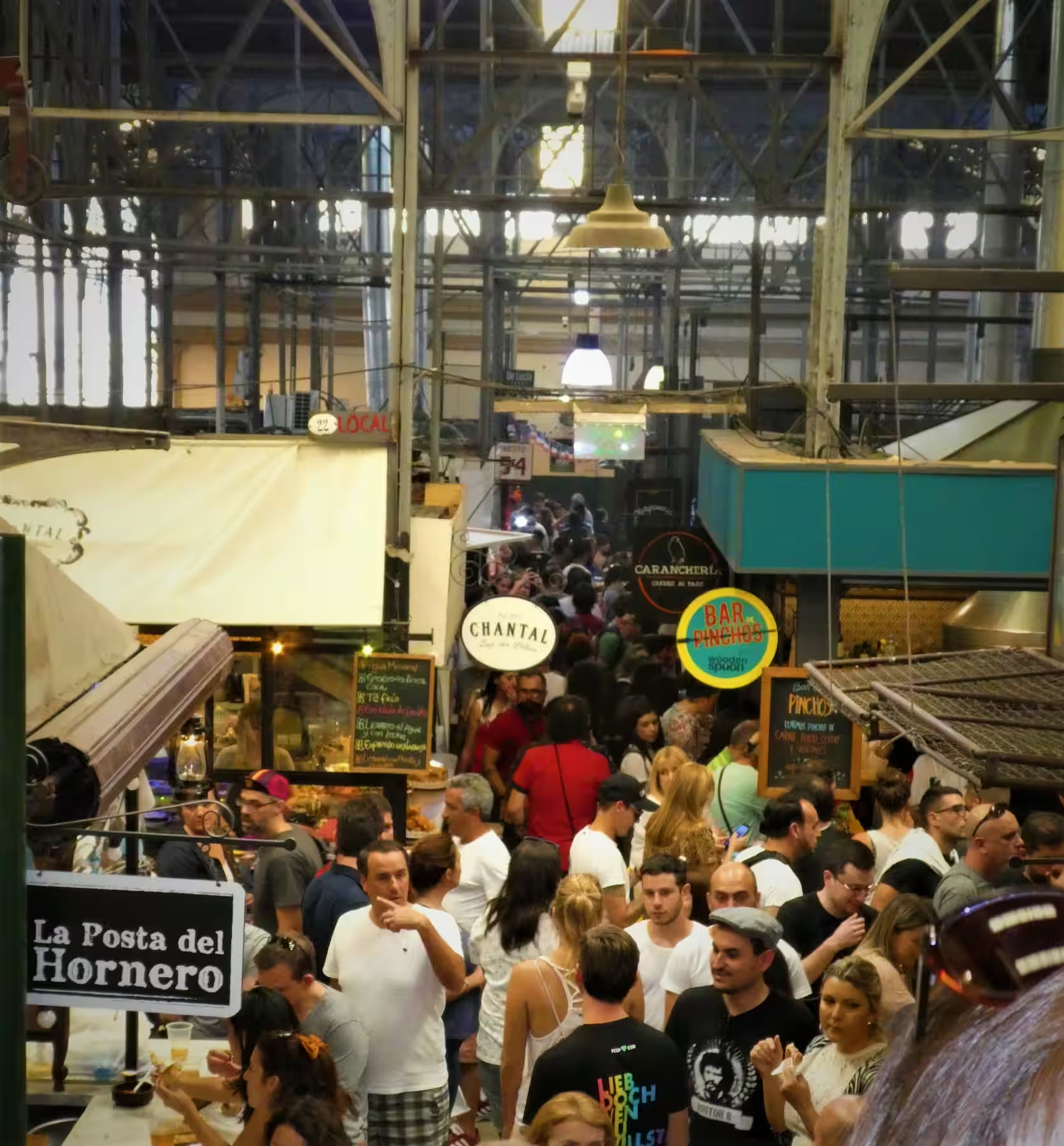

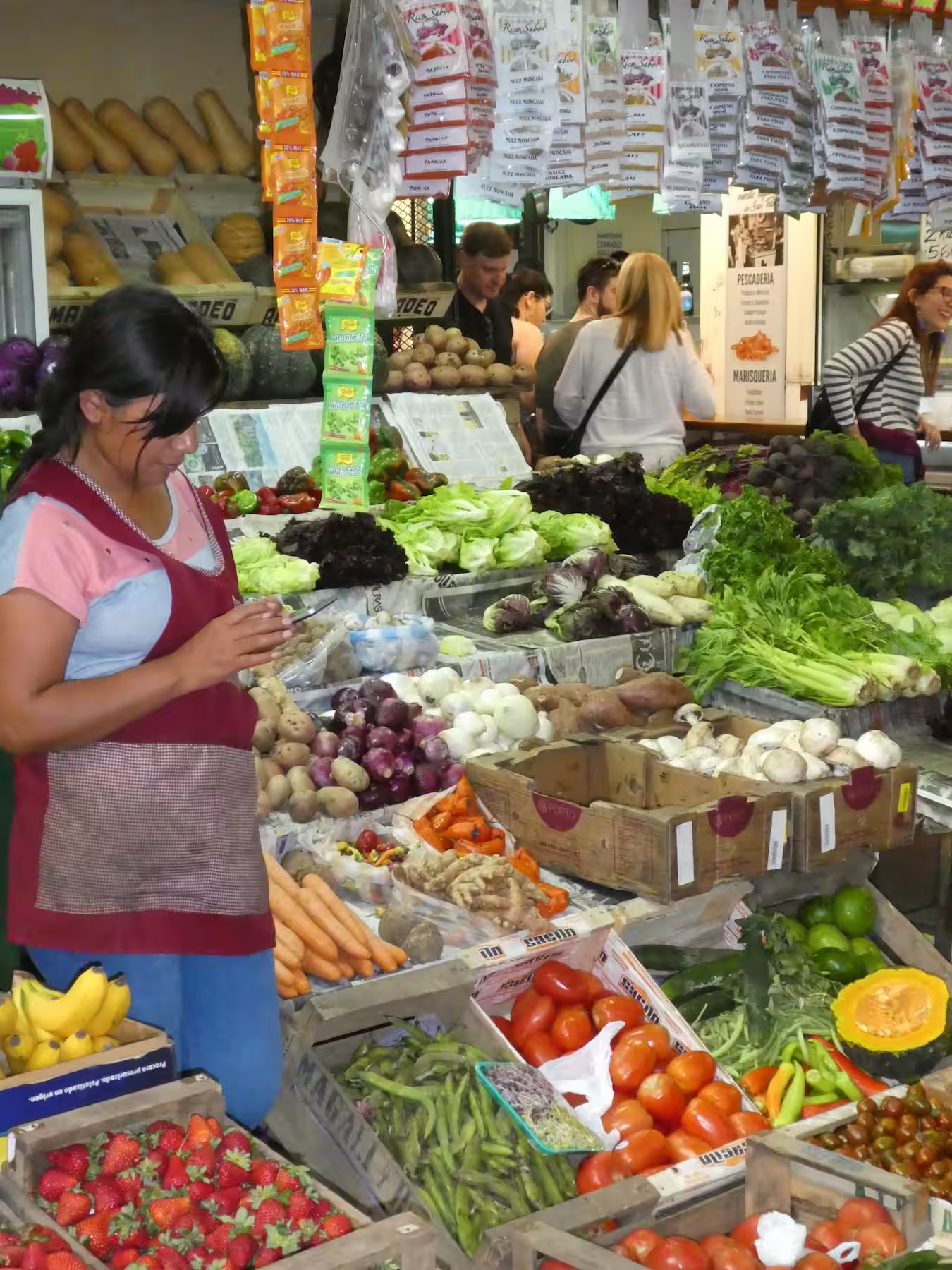
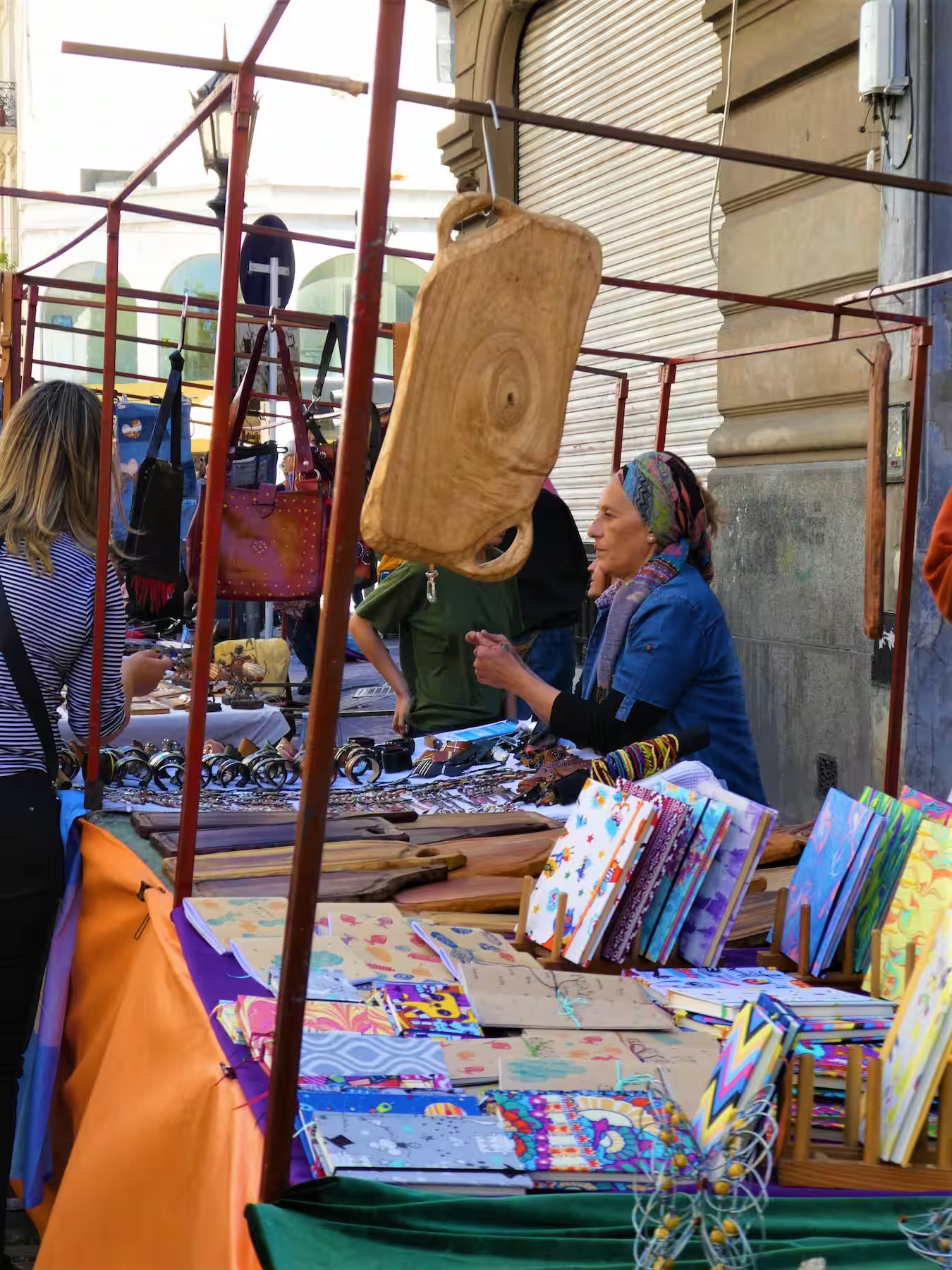
Day Trips
Argentina is a large country that is not very densely populated, meaning most sights and cities are generally spread far apart from one another. With that being said, there some interesting day trips that you can take from Buenos Aires.
- Uruguay: Whether you’re planning on continuing your South American journey to the north or just looking to cross another country off of your list, Uruguay is easily accessible by ferry from Buenos Aires. The ferries run multiple times each day and there are a few different companies operating the trips. You can either take a boat to the capitol, Montevideo, or you can go to the small Spanish colonial village of Colonia de Sacramento. If you need to be back in Buenos Aires at the end of the day, then you can purchase a round trip ticket to Colonia de Sacramento and make a cool little day trip out of it. Either way, bring your passports because you will have to go through customs on both sides.
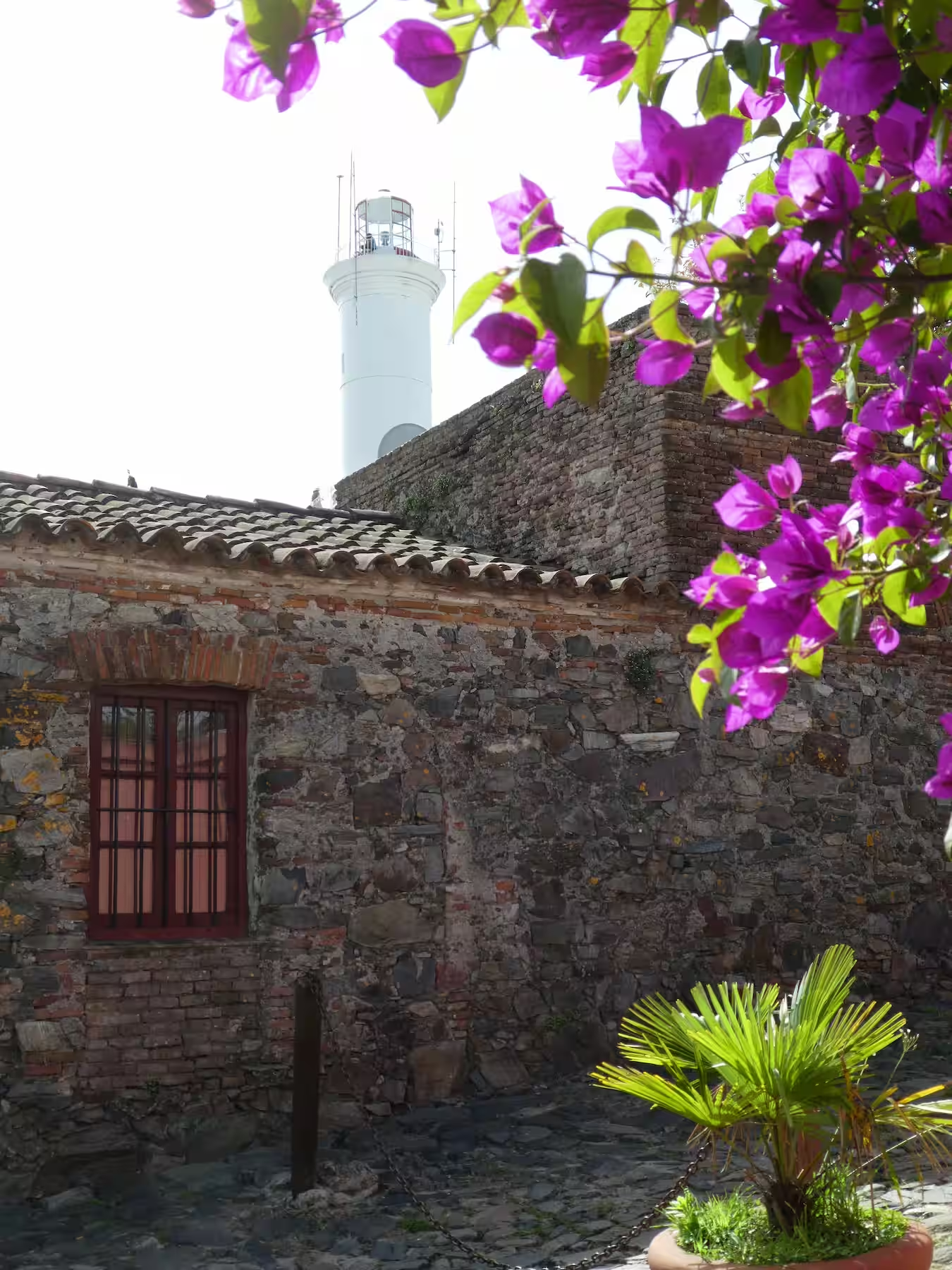
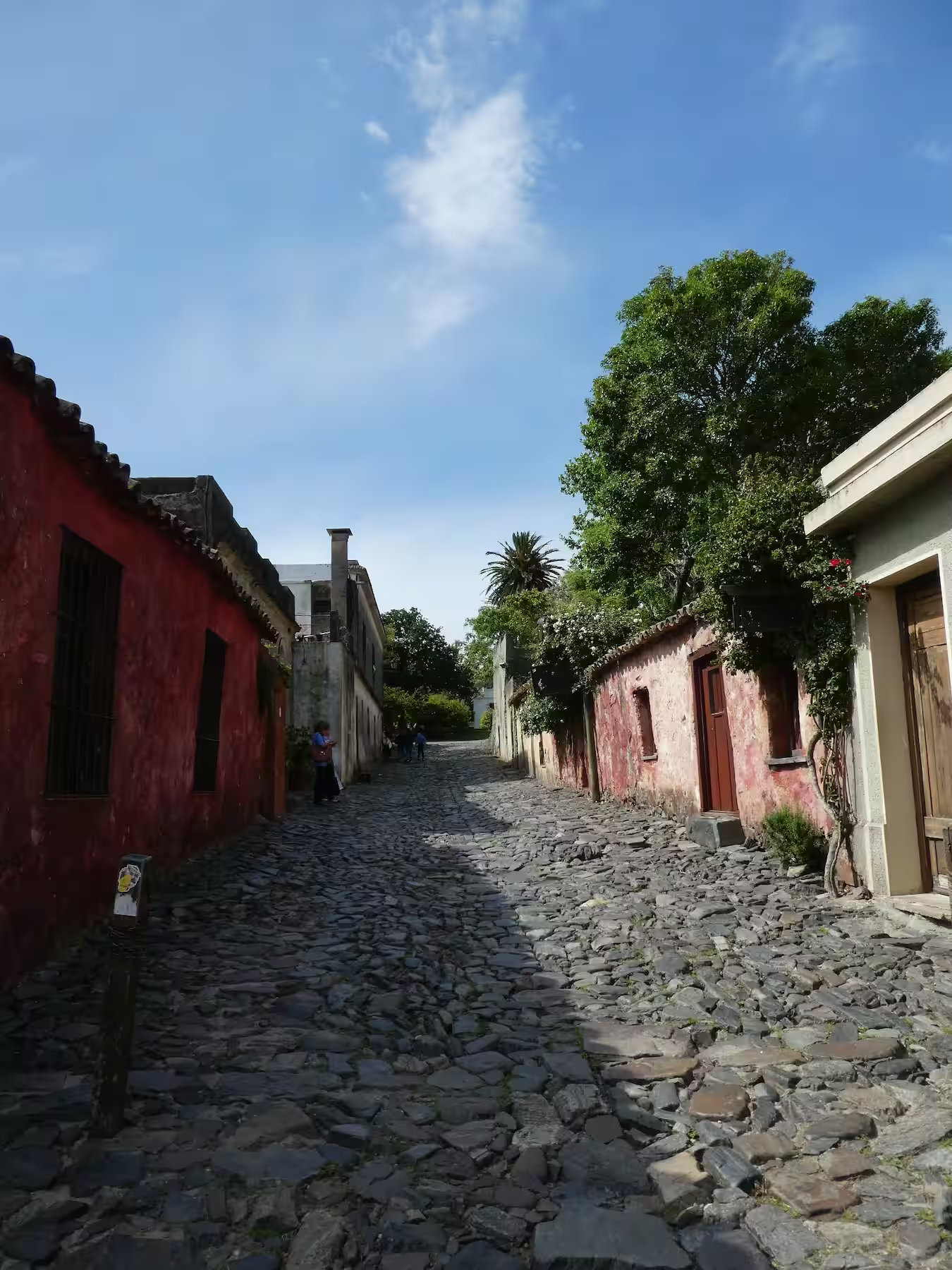
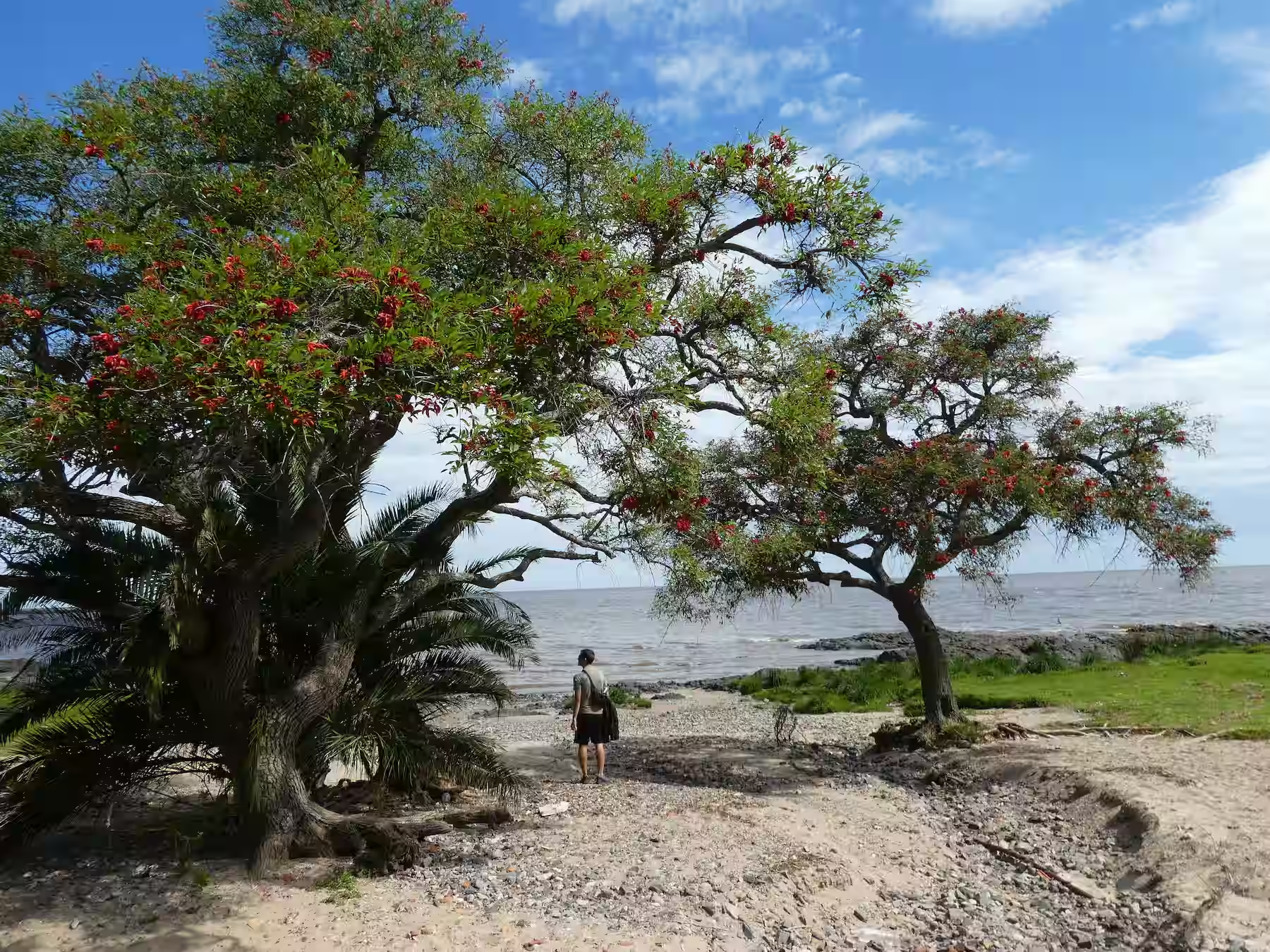
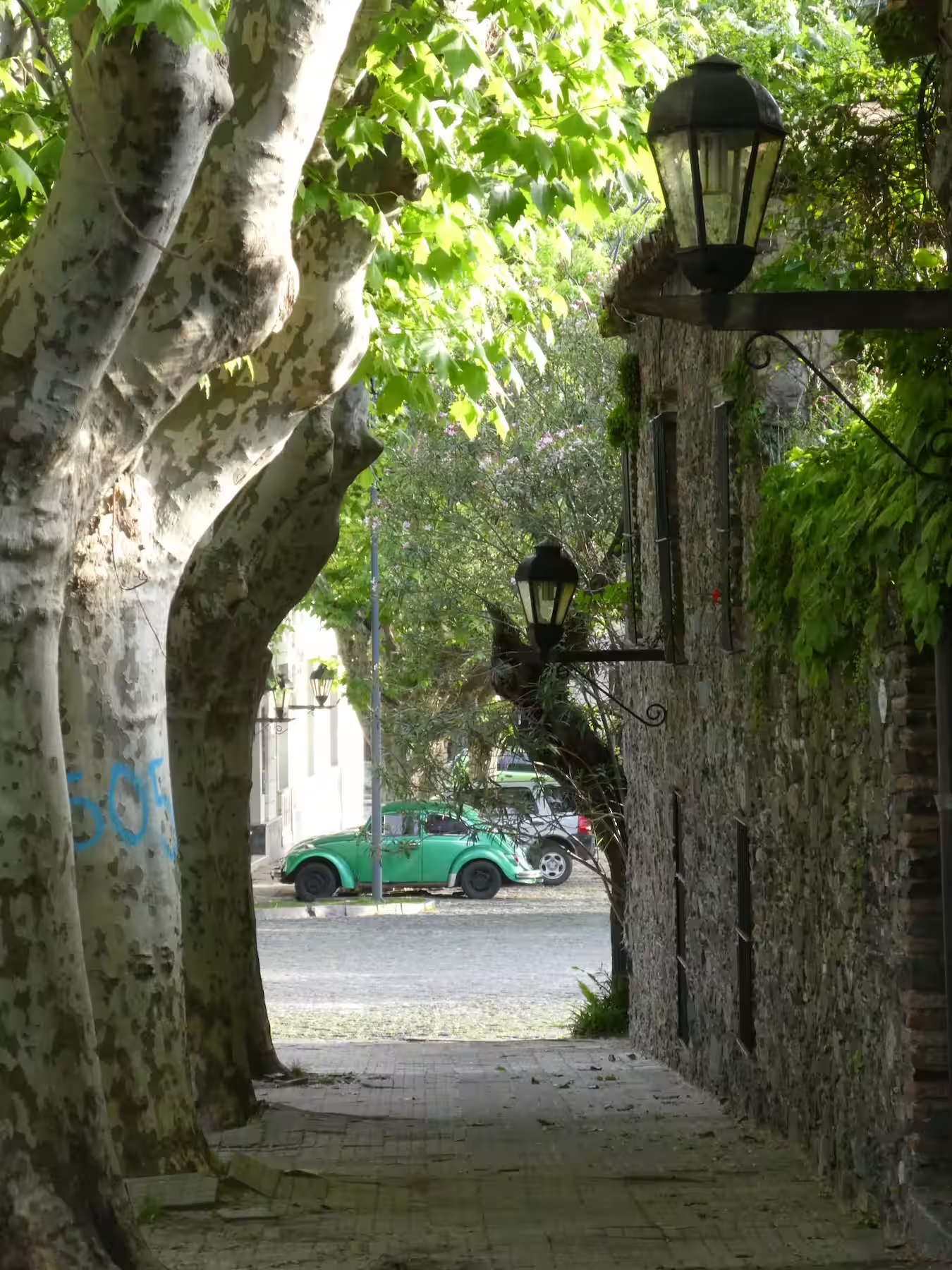
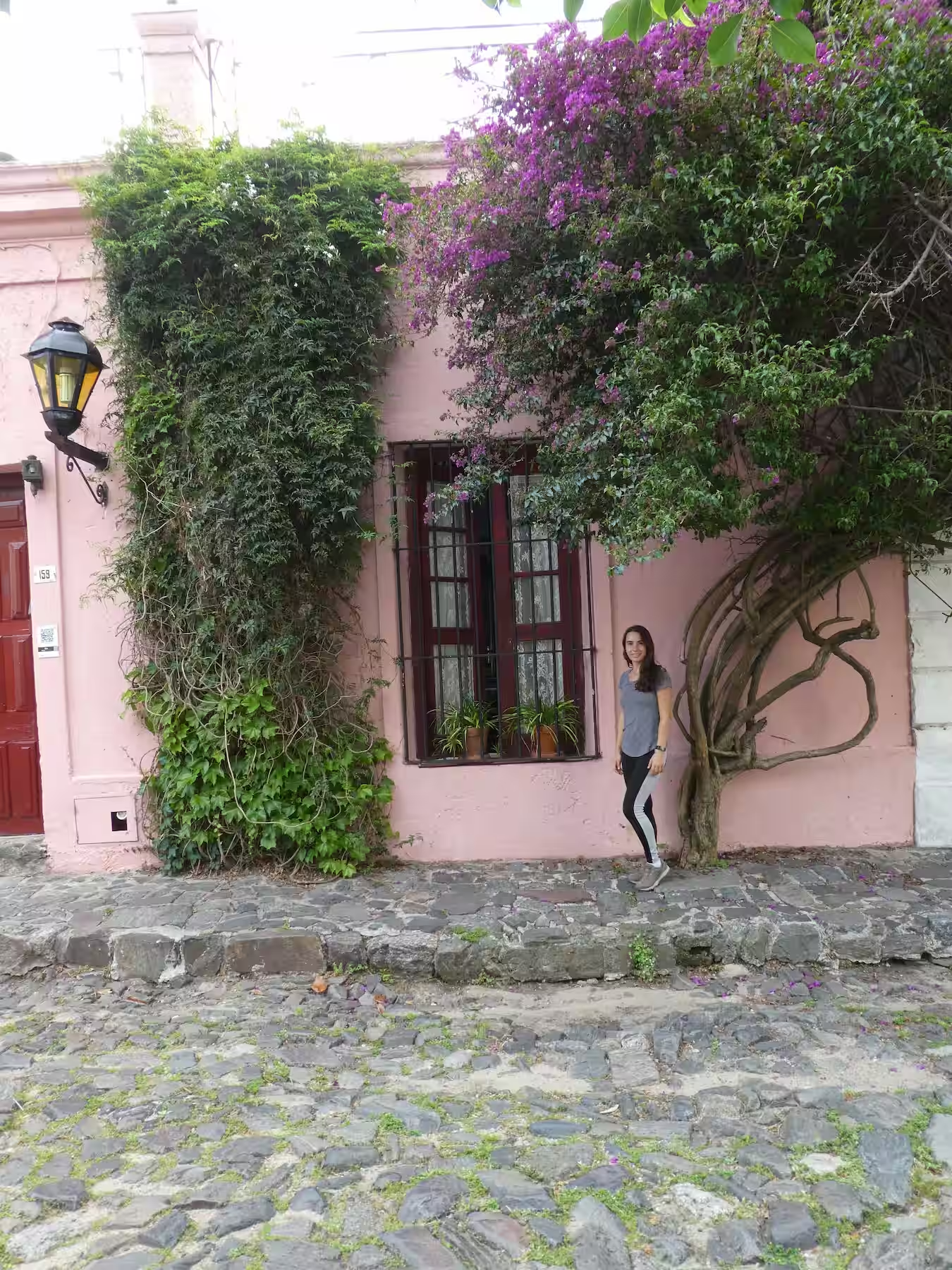
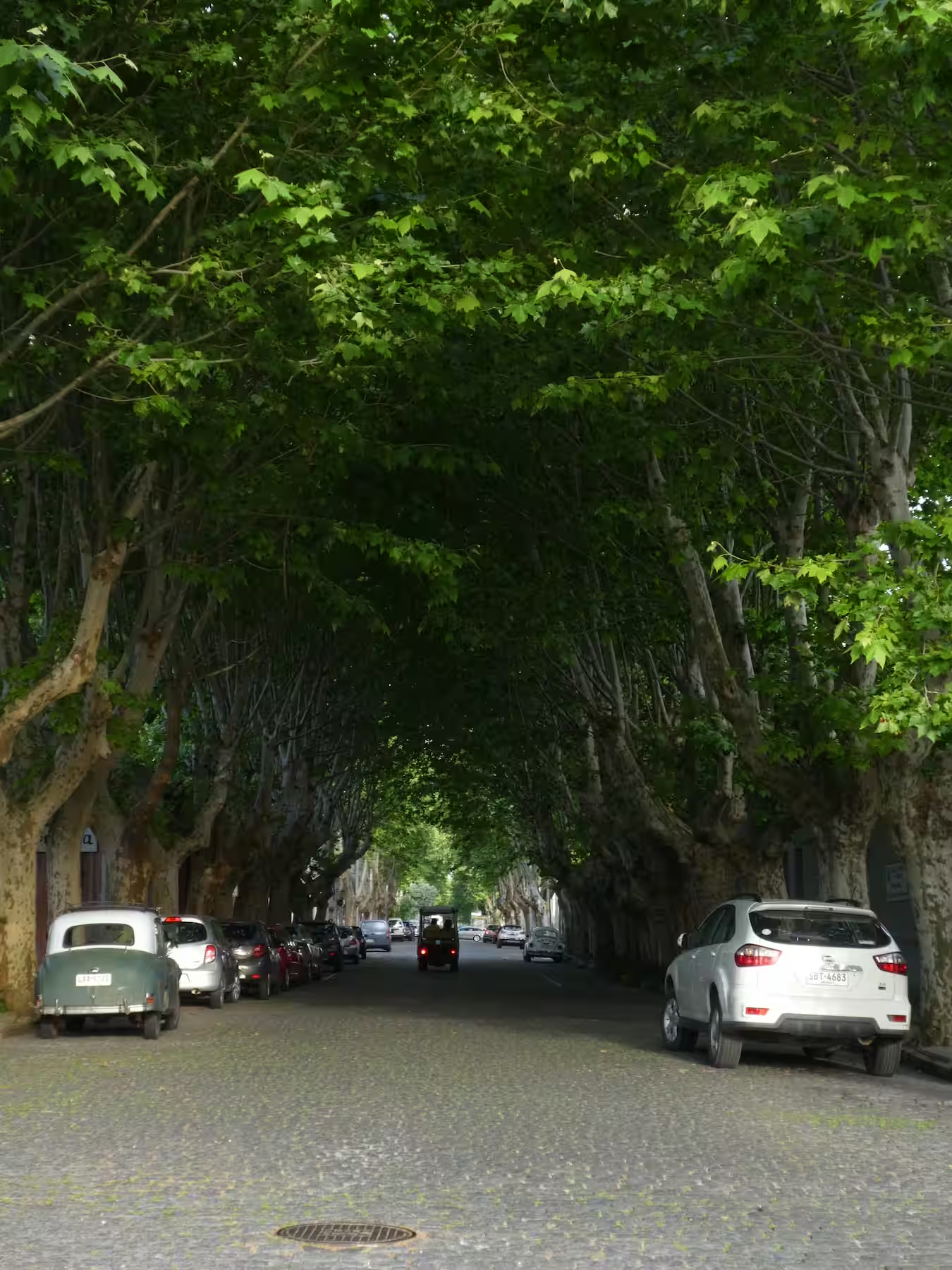
Tigre is just a short train ride to the north of Buenos Aires. The cool features of this small suburb are the canals running every which way. It’s no surprise that El Tigre is considered the Venice of Argentina. Iguazú Falls: We wouldn’t necessarily recommend doing this one in a single day, but it is definitely possible. You can take a flight from Buenos Aires to Cataratas del Iguazú, visit the waterfalls and fly back. Our recommendation would be to spend at least one night there, however, because two flights and hiking around the waterfalls is a lot for a single day.
General Tips for Buenos Aires
- Bring Argentinian Pesos with you or order money to collect upon arrival in order to avoid insane ATM fees
- Eat as many empanadas as you can
- Take a free walking tour
- Check out the nightlife in Palermo
- Visit the San Telmo Market on Sunday
- Try literally anything with dulce de leche
- Take a day trip to Tigre or Uruguay
- Experience the Bomba de Tiempo percussion show
- Buy a SUBE card for cheap and easy transportation
- Visit a speakeasy
- Sample the famous Argentinian wine
- Learn some basic Spanish to make things easier
General Information About Buenos Aires
Buenos Aires is an architecturally unique city, which makes it very interesting to walk through. Historically, the city’s goal was to keep Buenos Aires as modern as possible, meaning that buildings were constantly being renovated to match the most progressive styles at the time. This type of development halted, however, which has left the city with an architectural style that was extremely modern for the early to mid 20th century. The city’s name literally translates to “Good Air.” It got the name when Spanish settlers arrived on perfect sailing winds. They later realized that the favorable winds that brought them there were actually a fluke, but that still did not deter them from forcing the settlement to work, despite the numerous reasons to abandon it.
Book Your Trip to Buenos Aires
Please accept cookies and reload the page to use our booking tool. 🙂
Did you know? You can support us for free when you book an accommodation through our booking forms and links.
